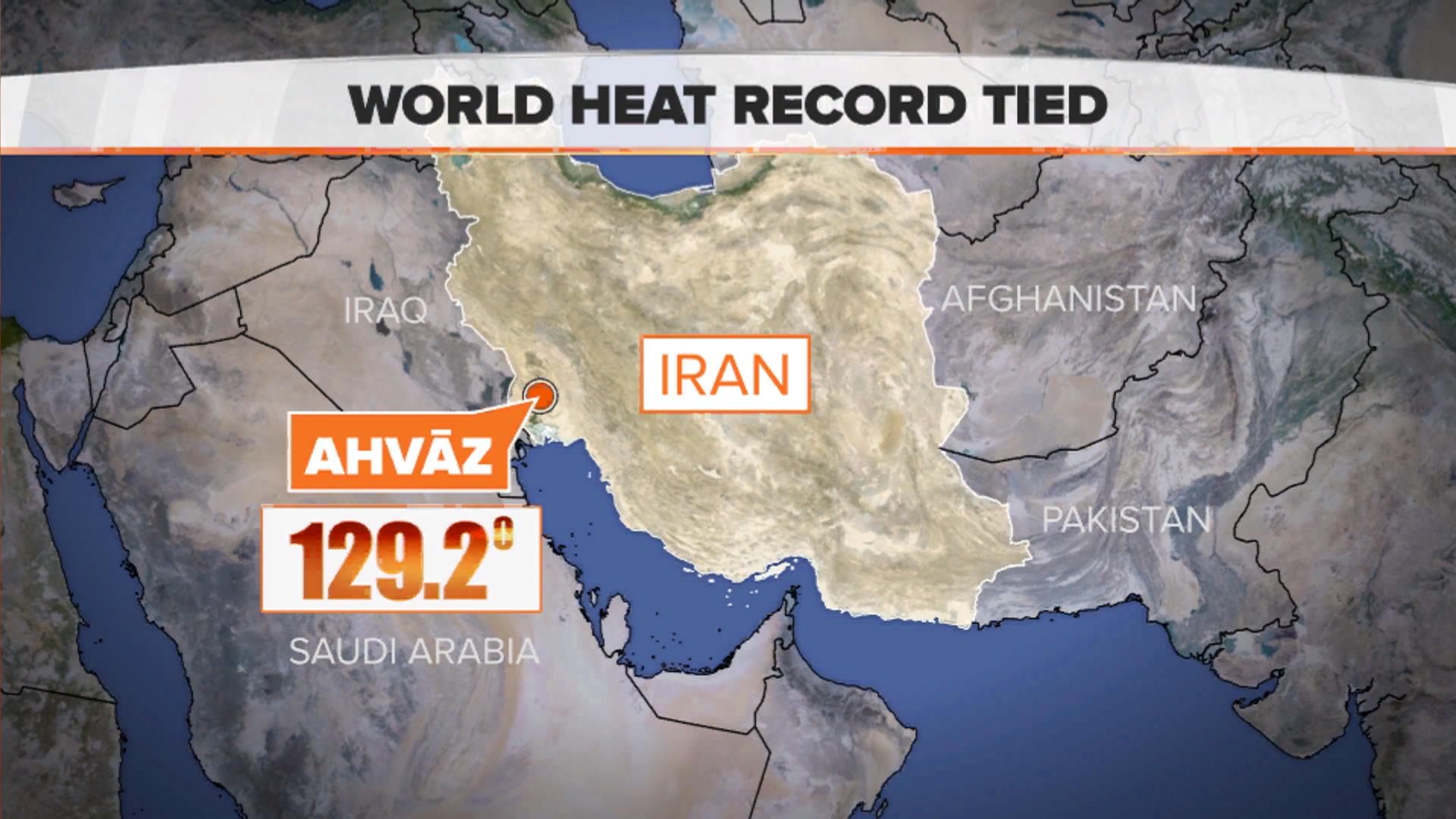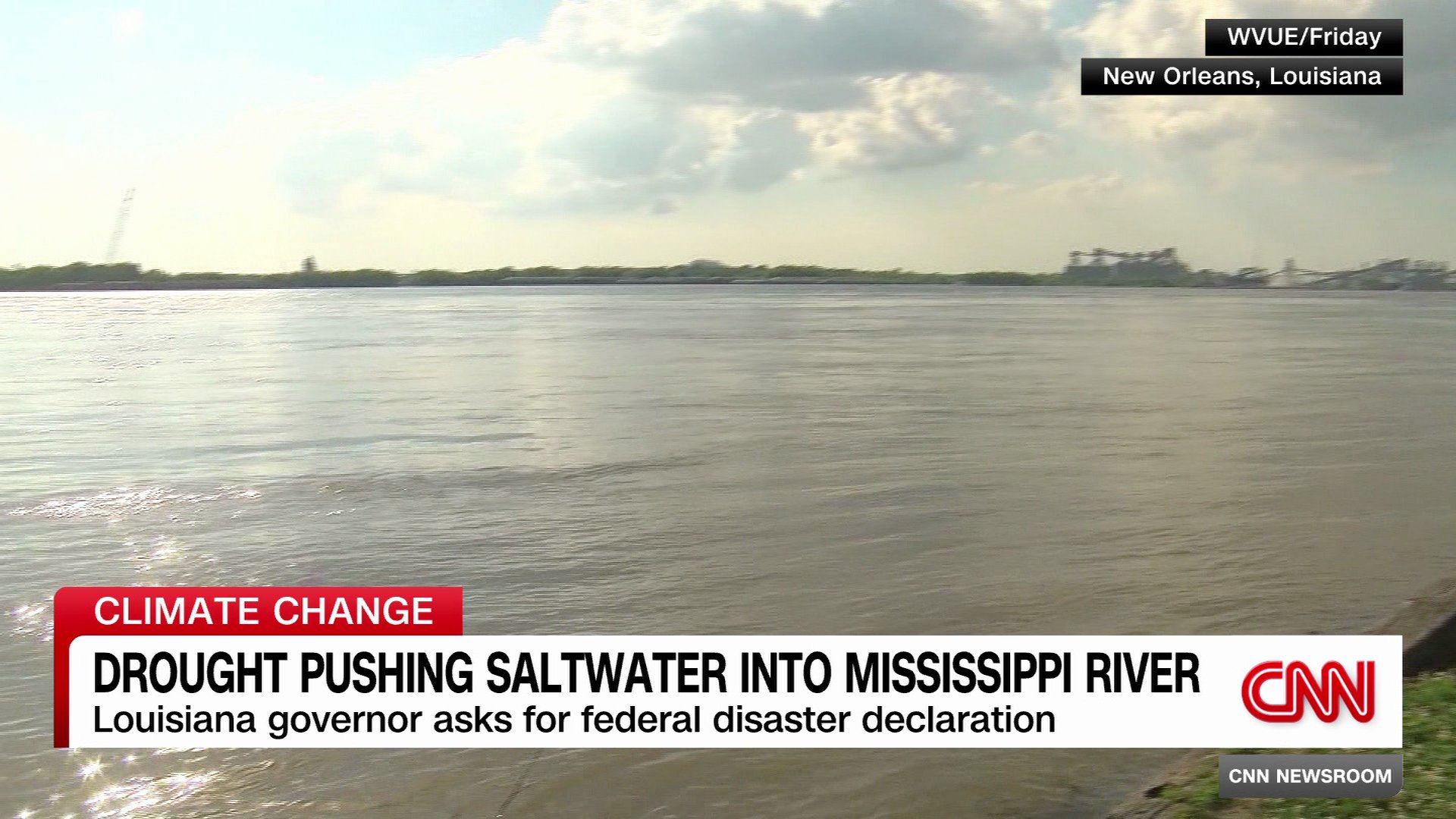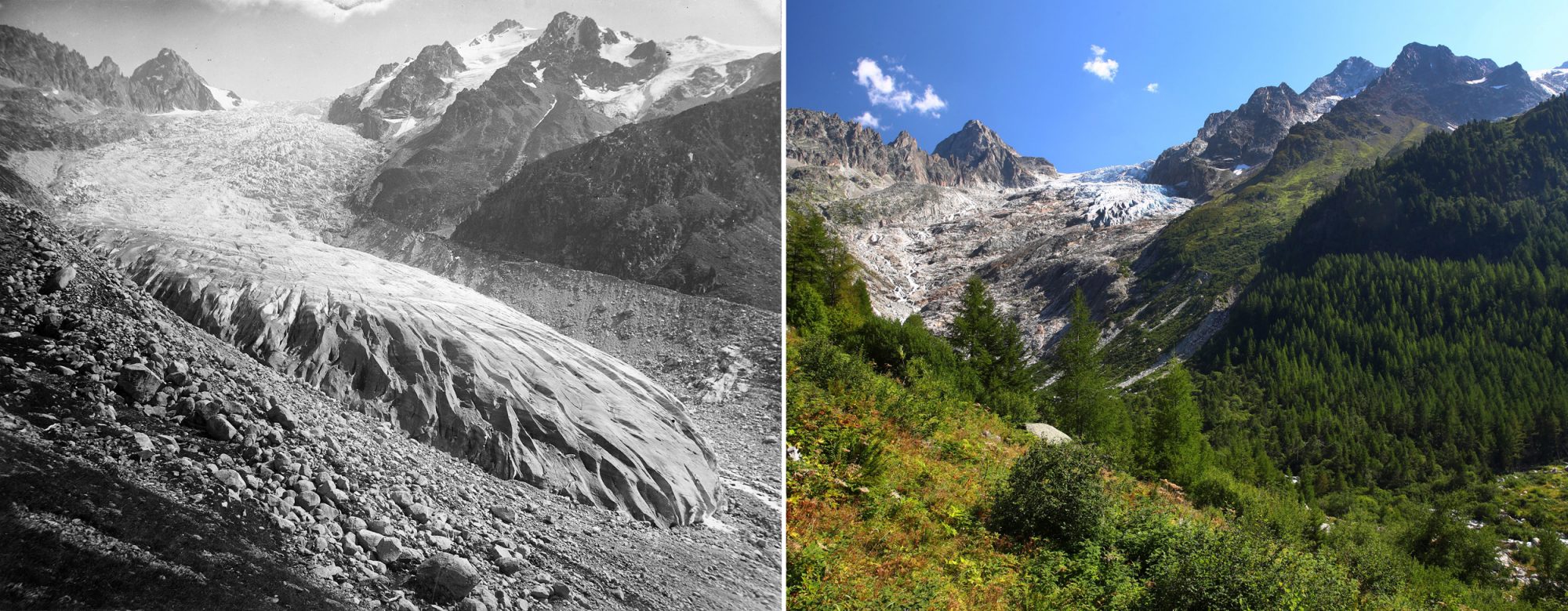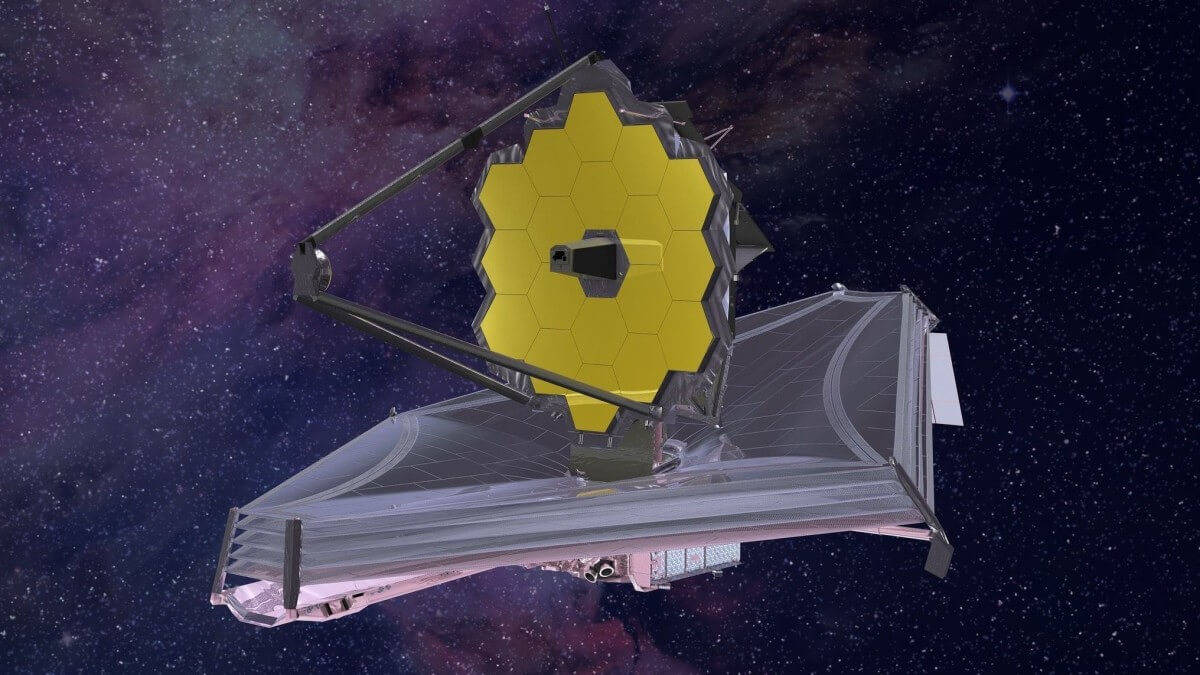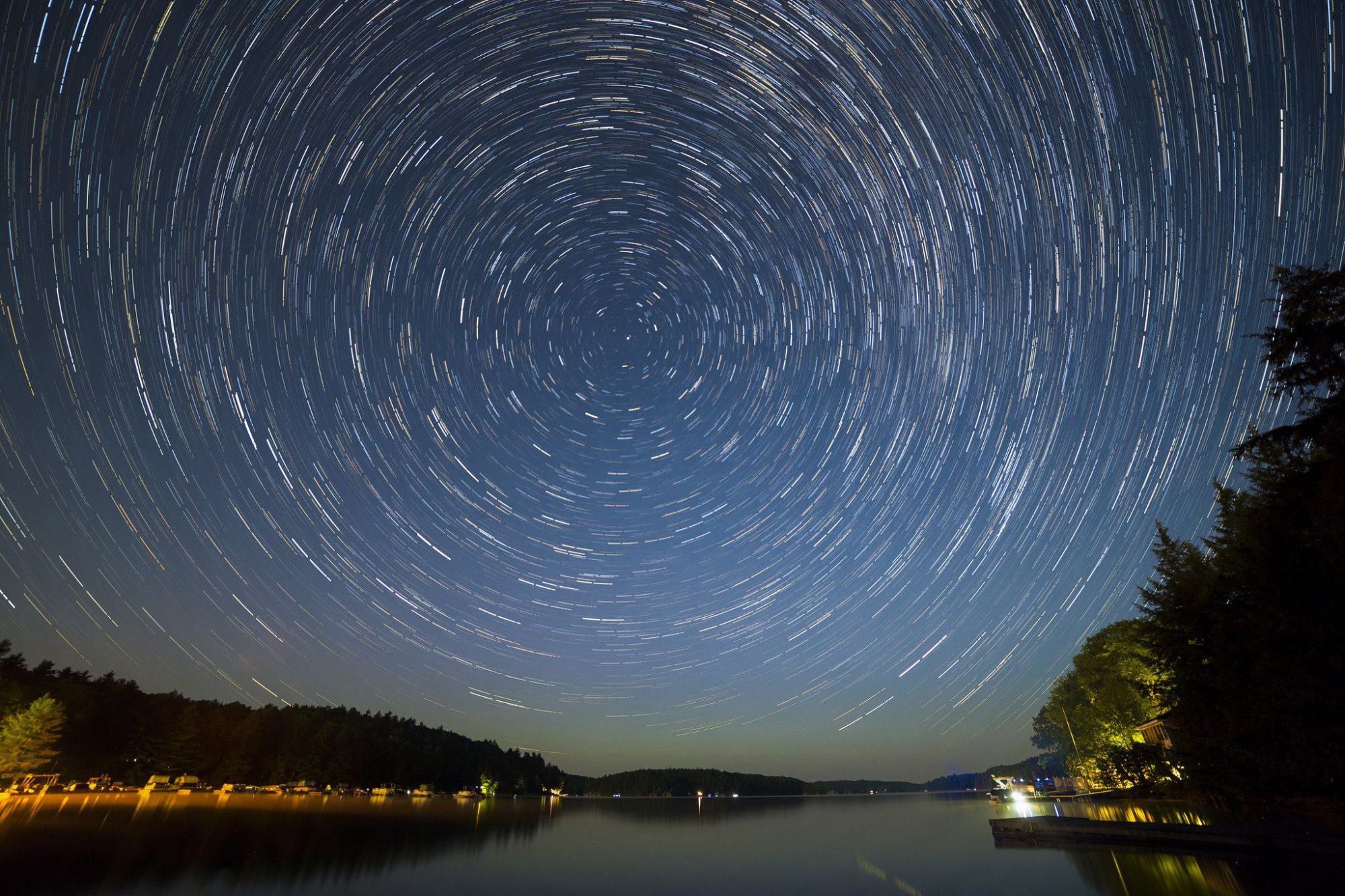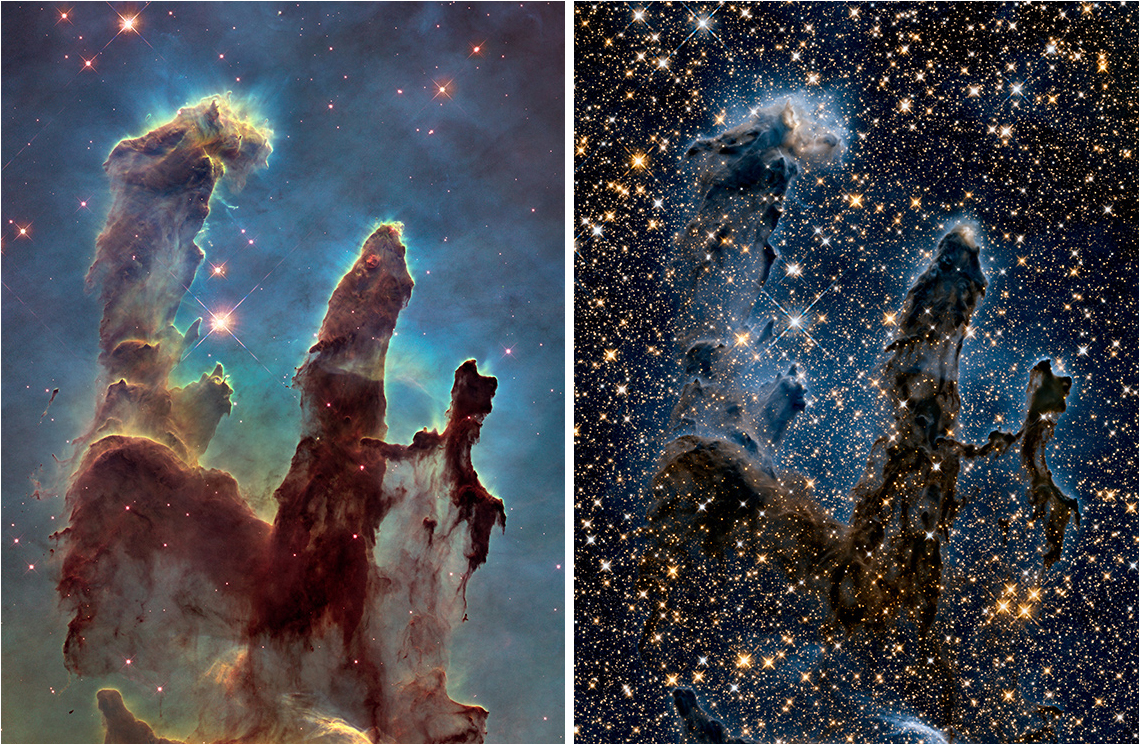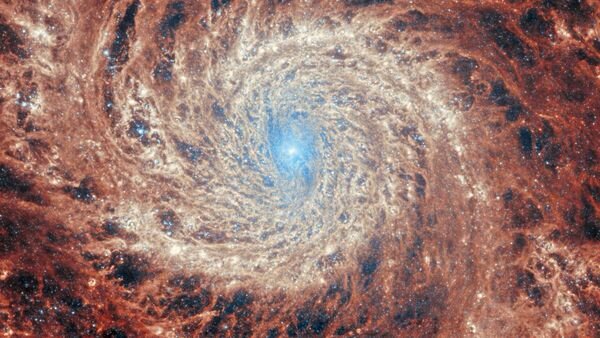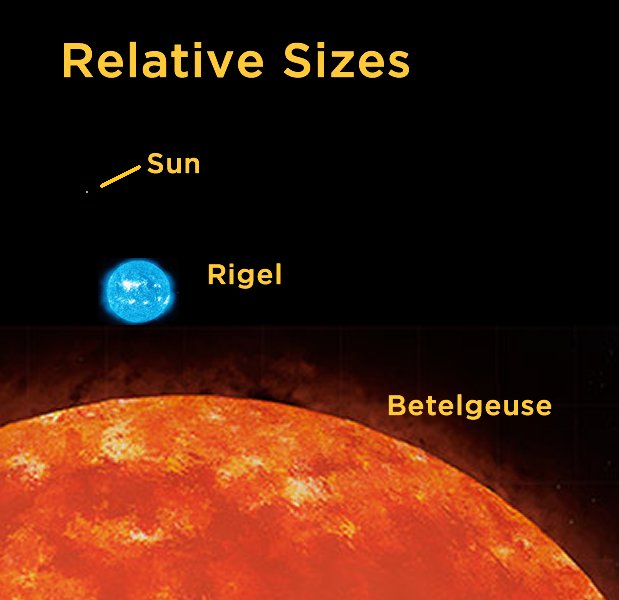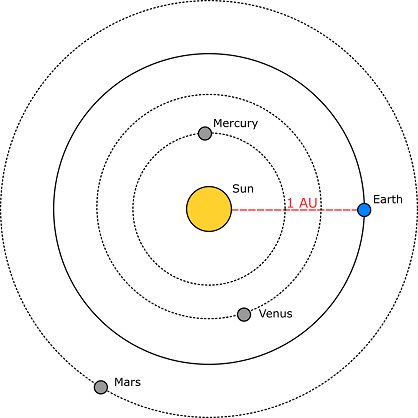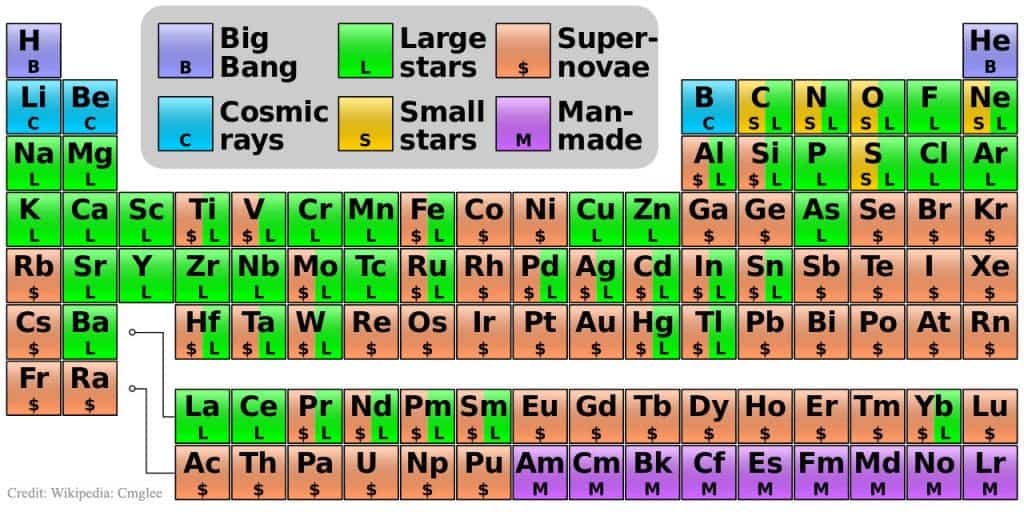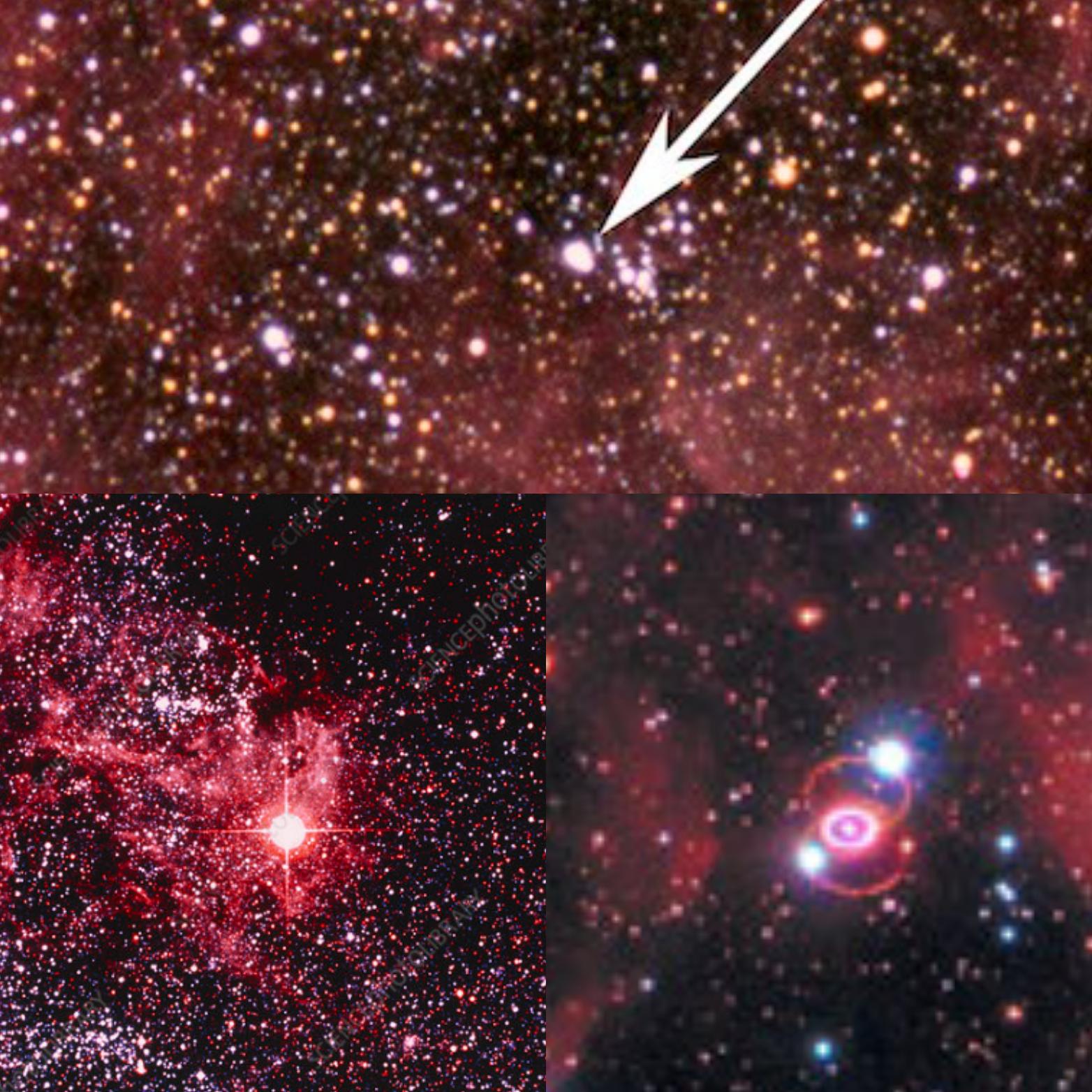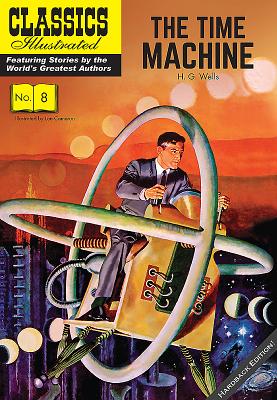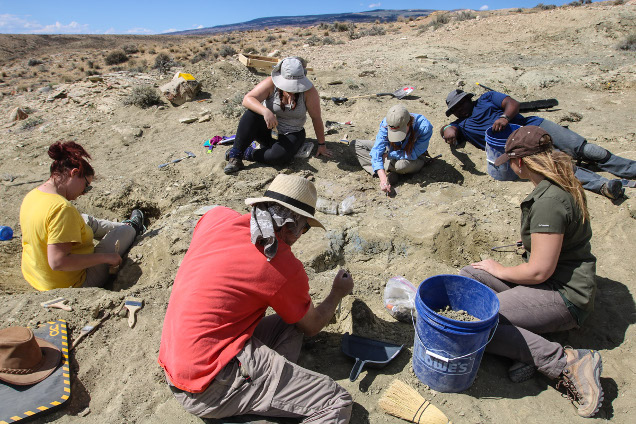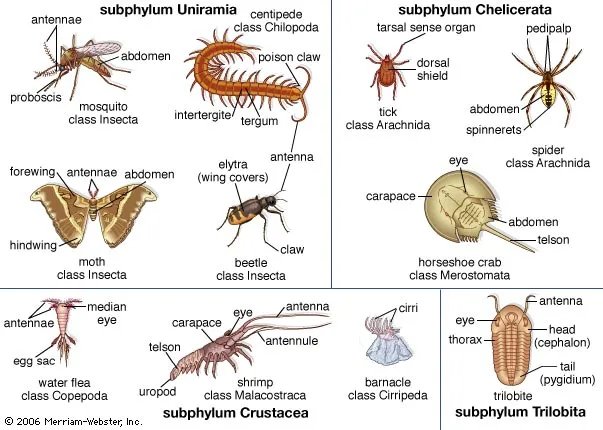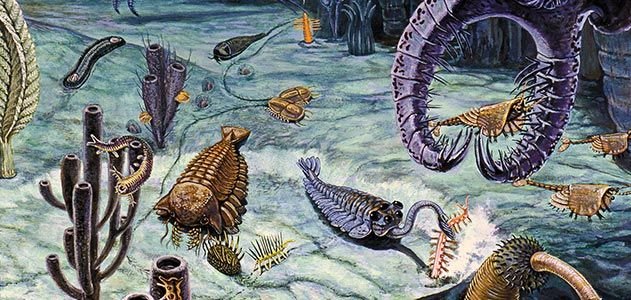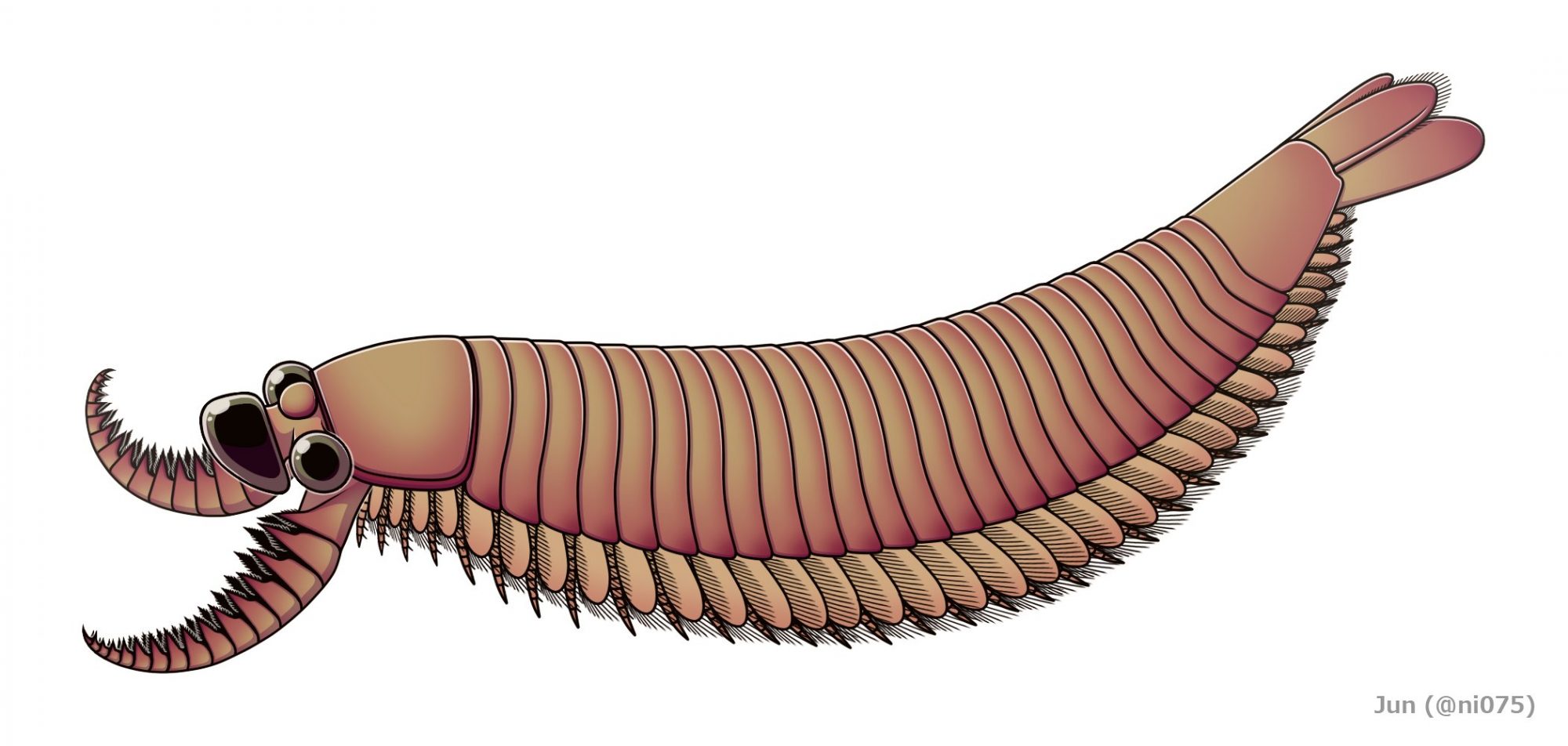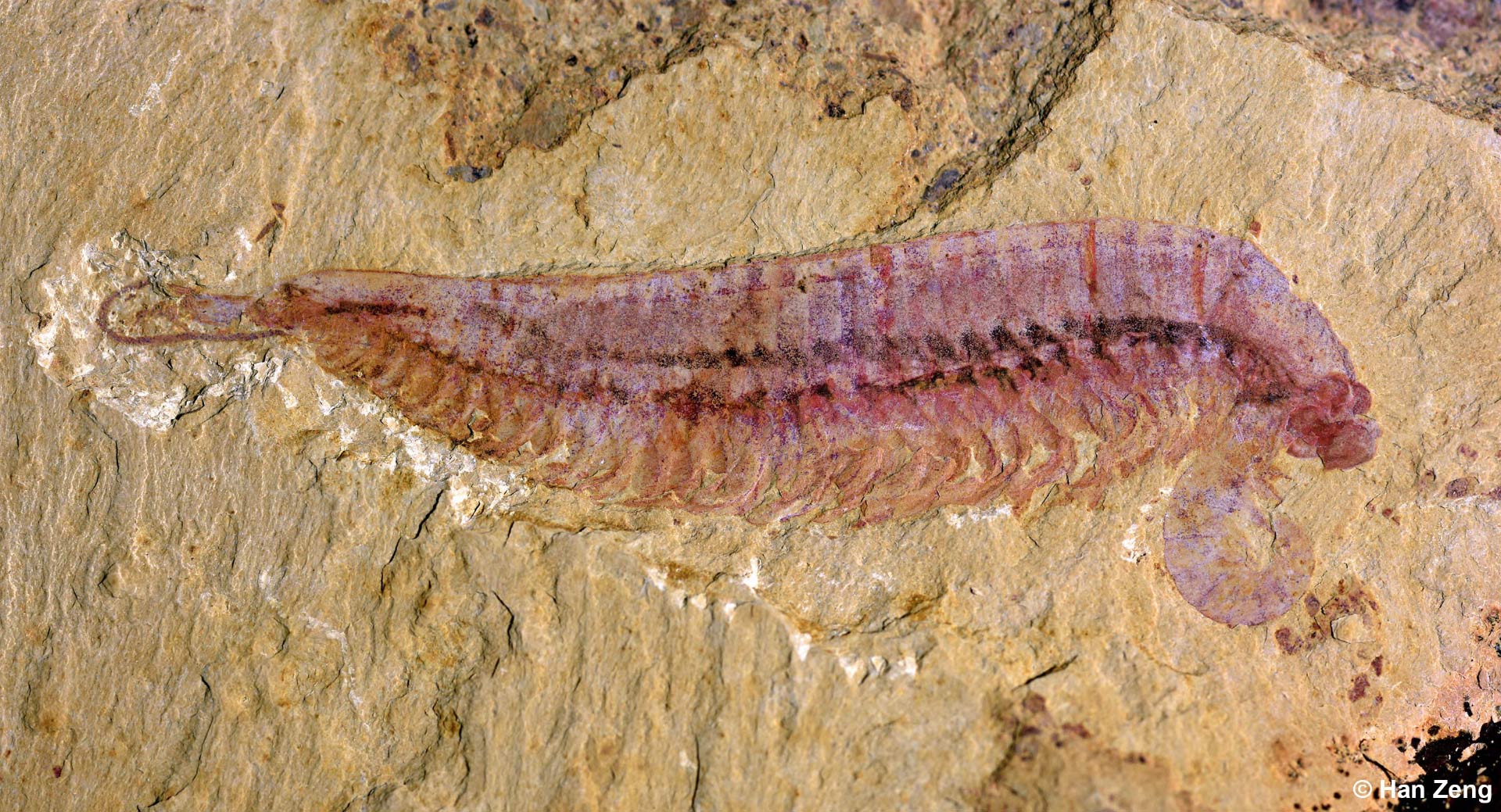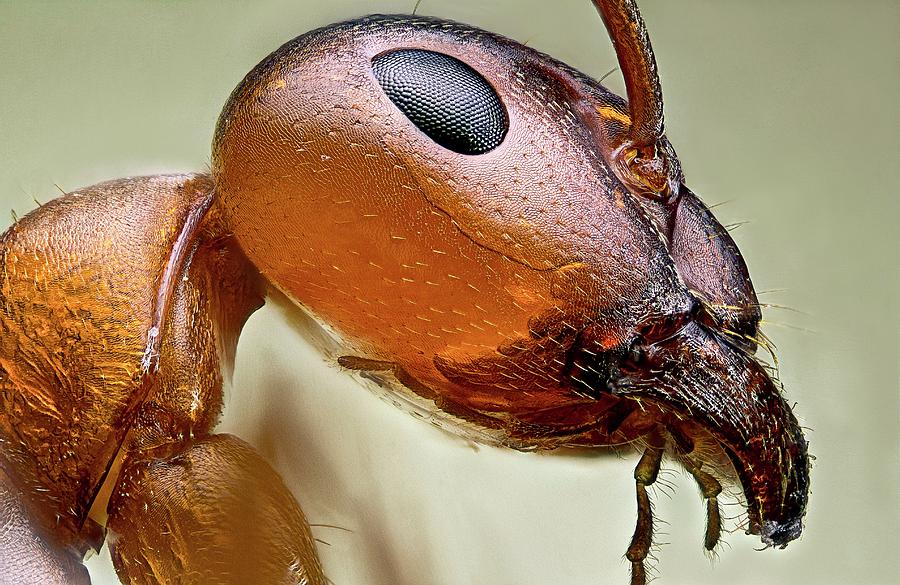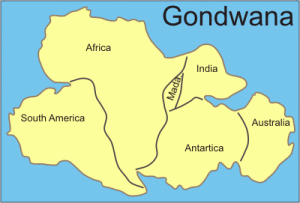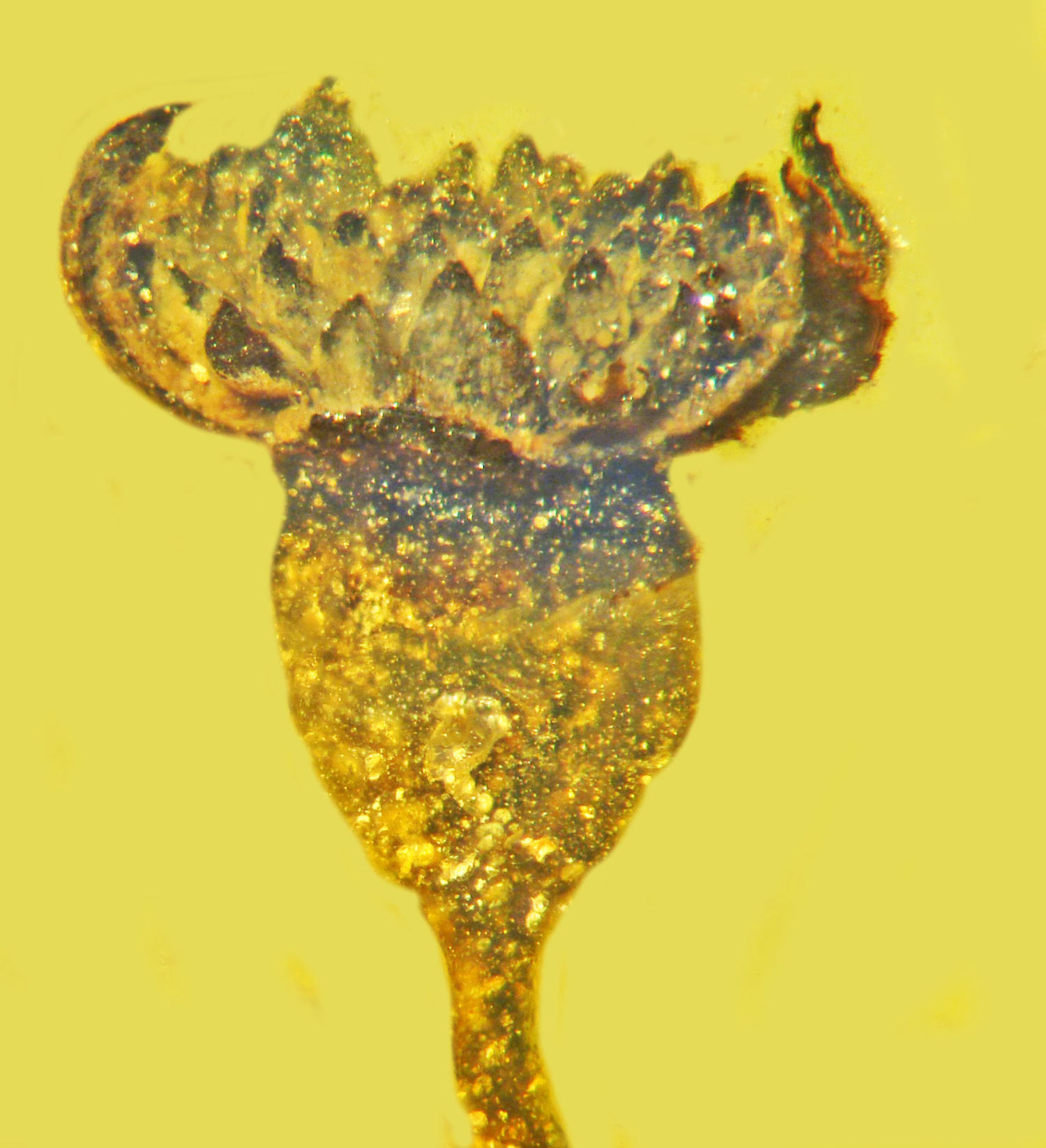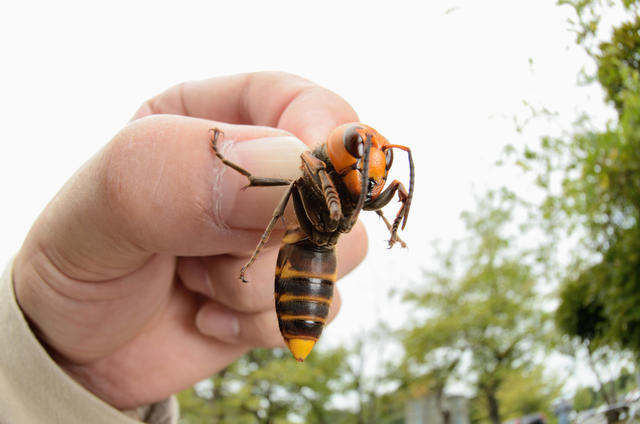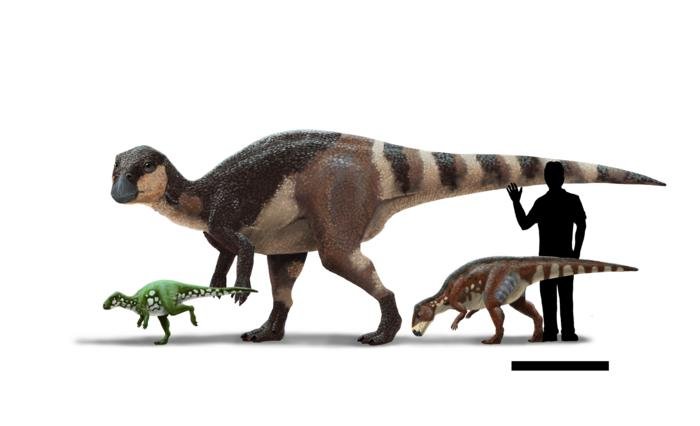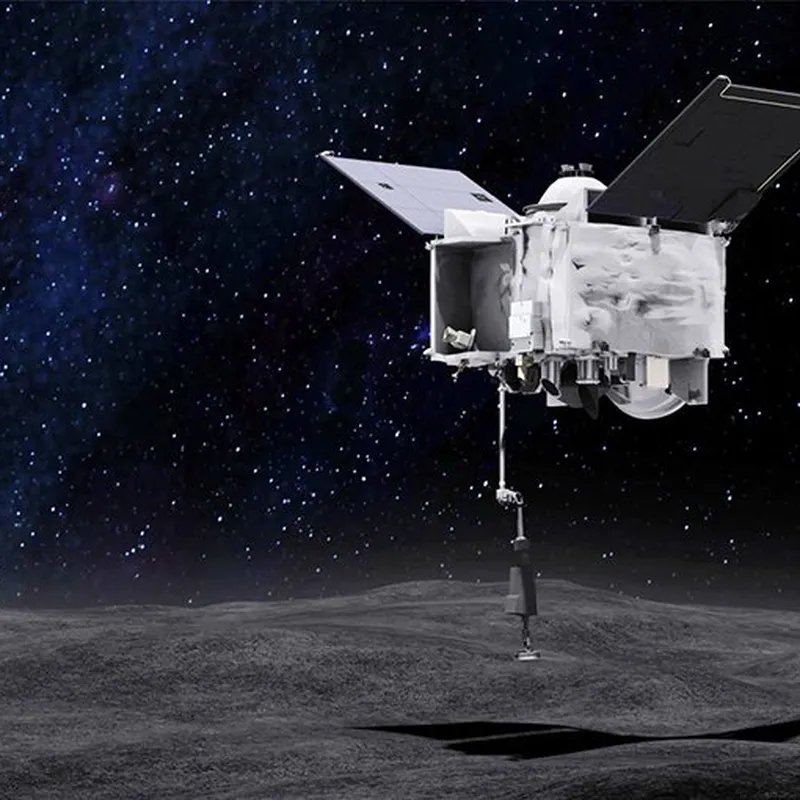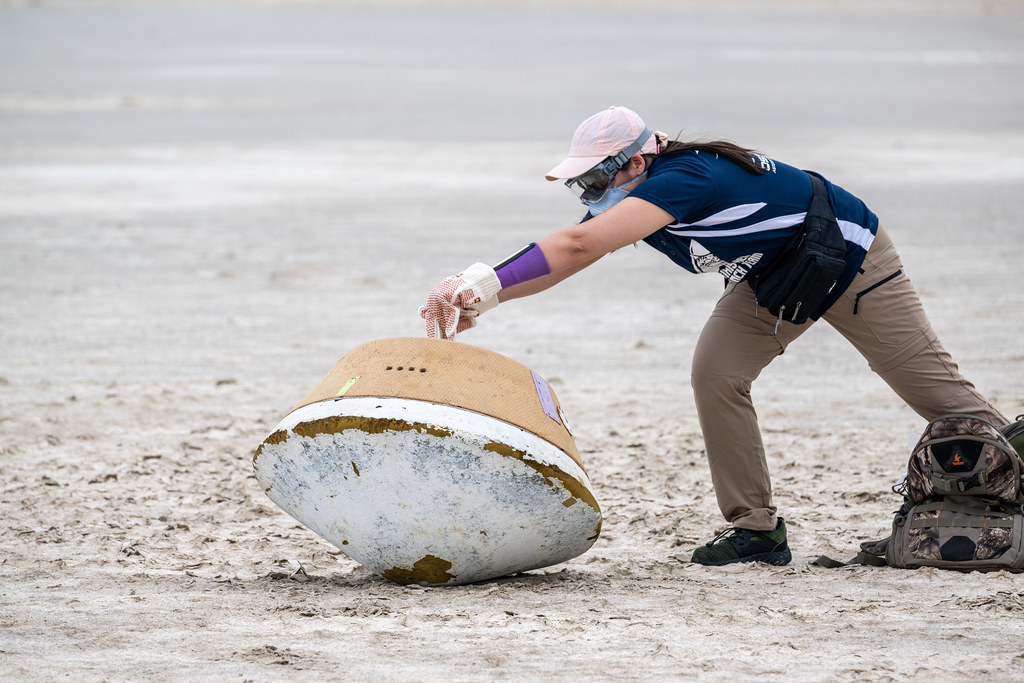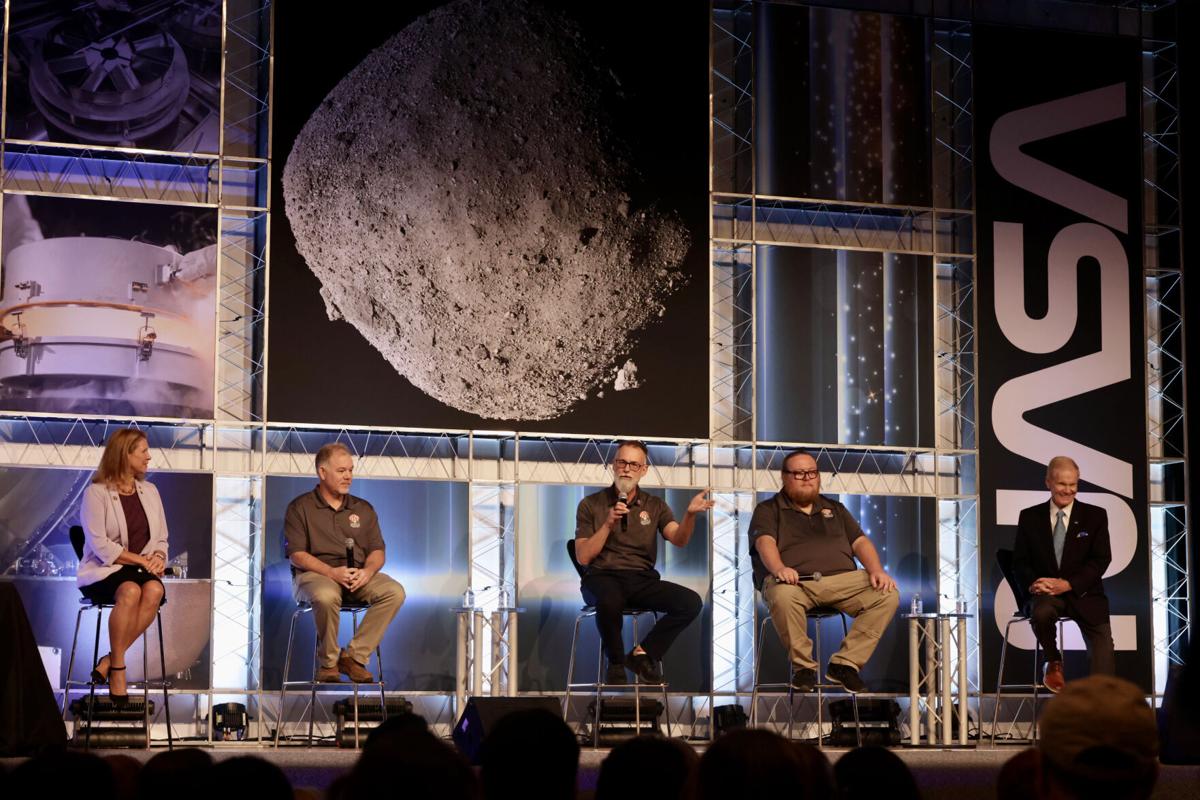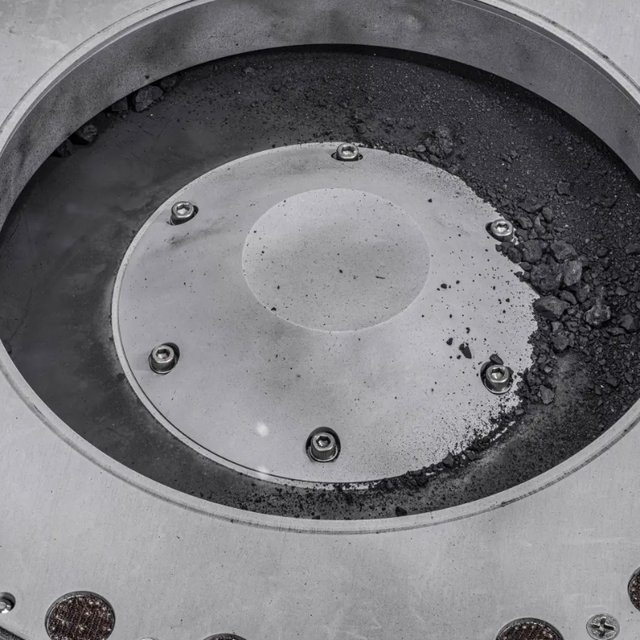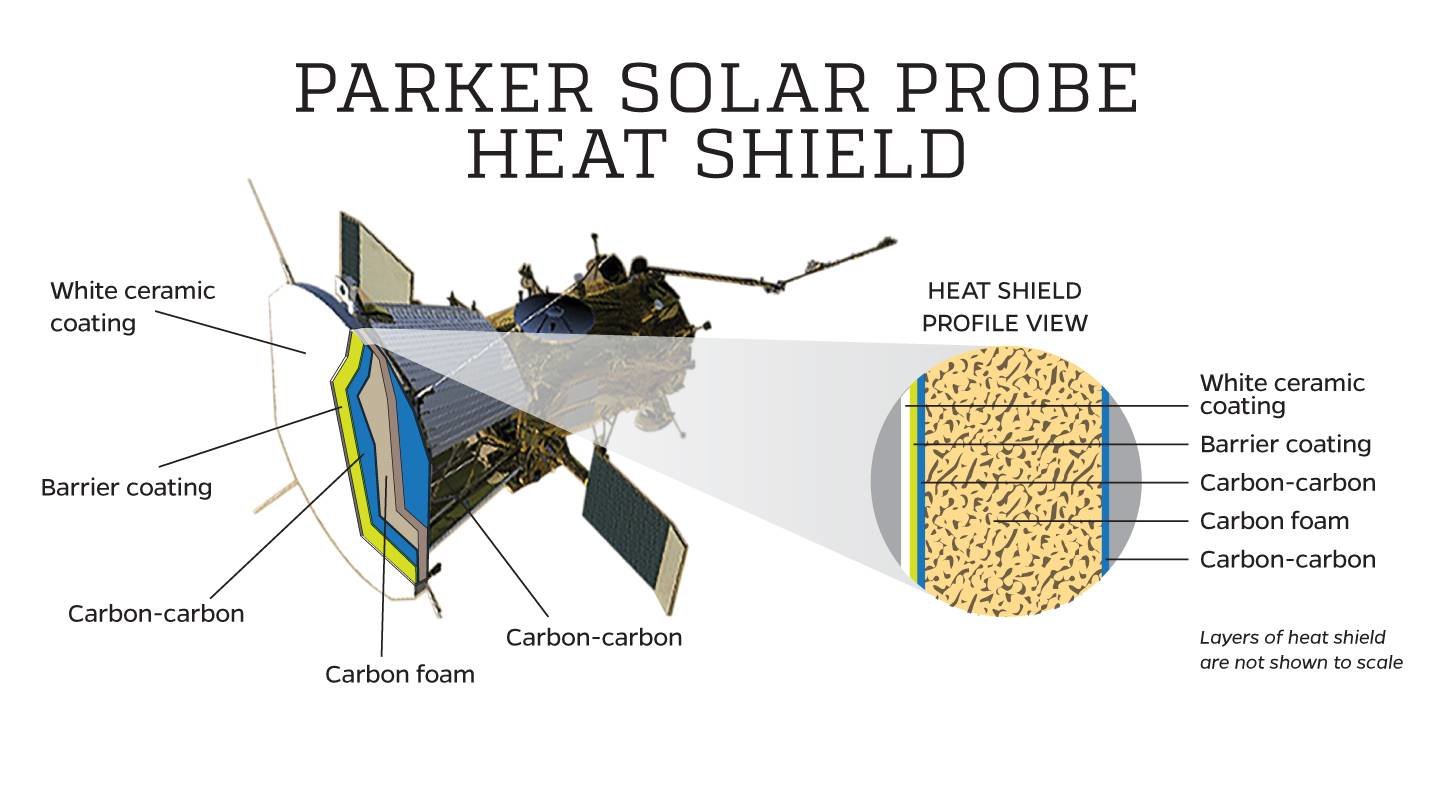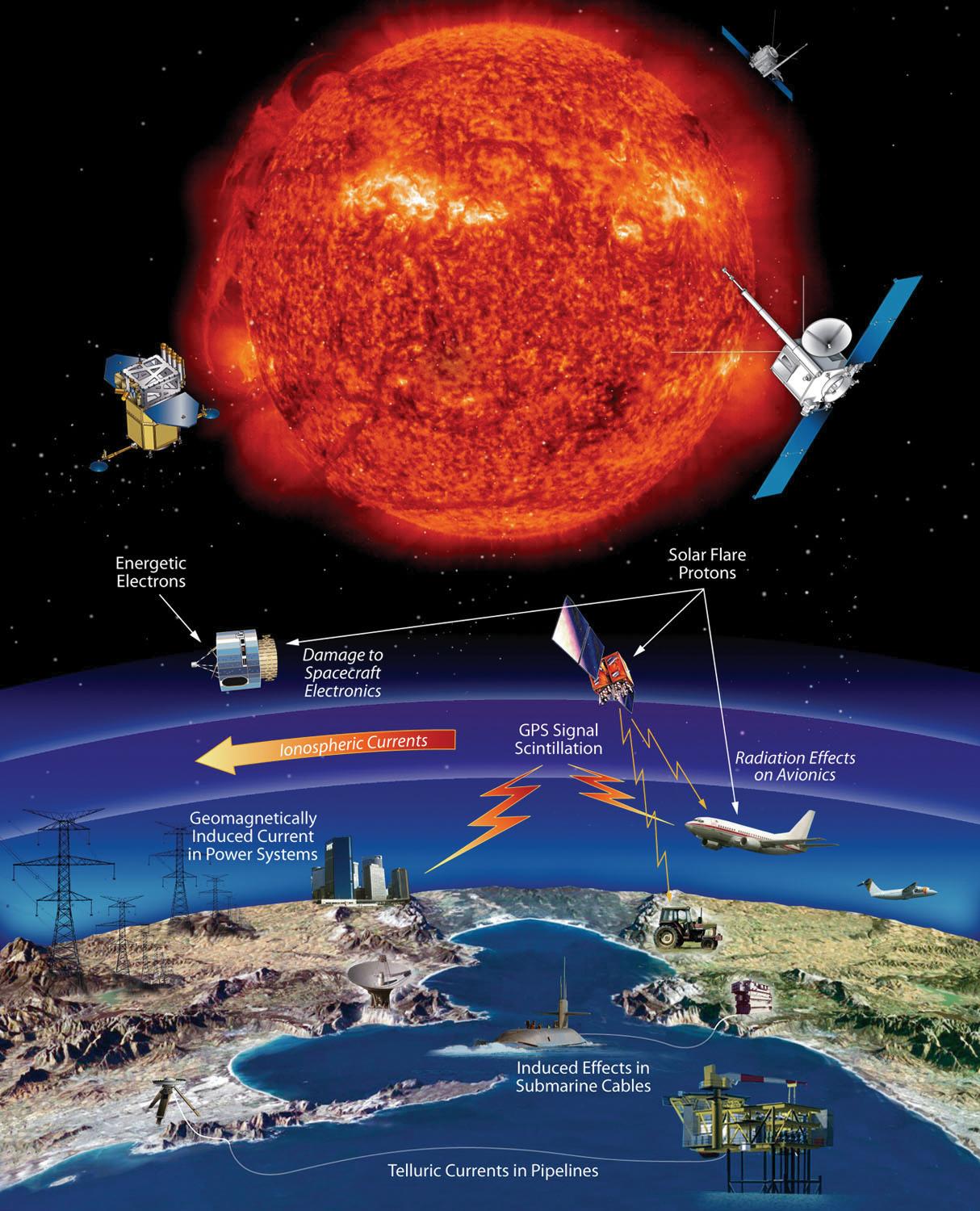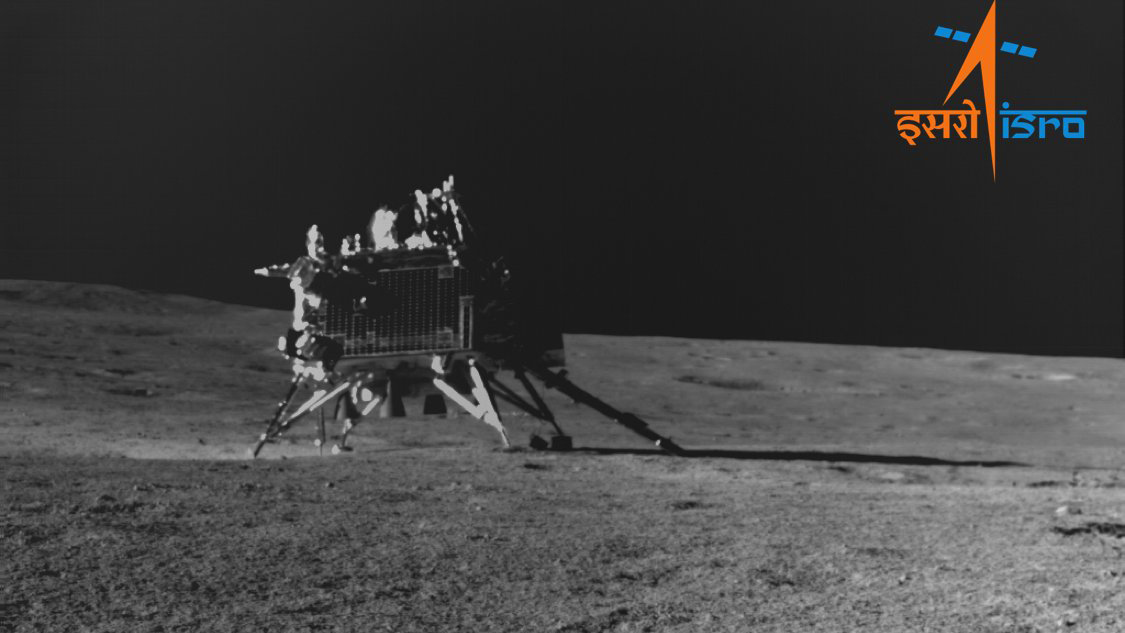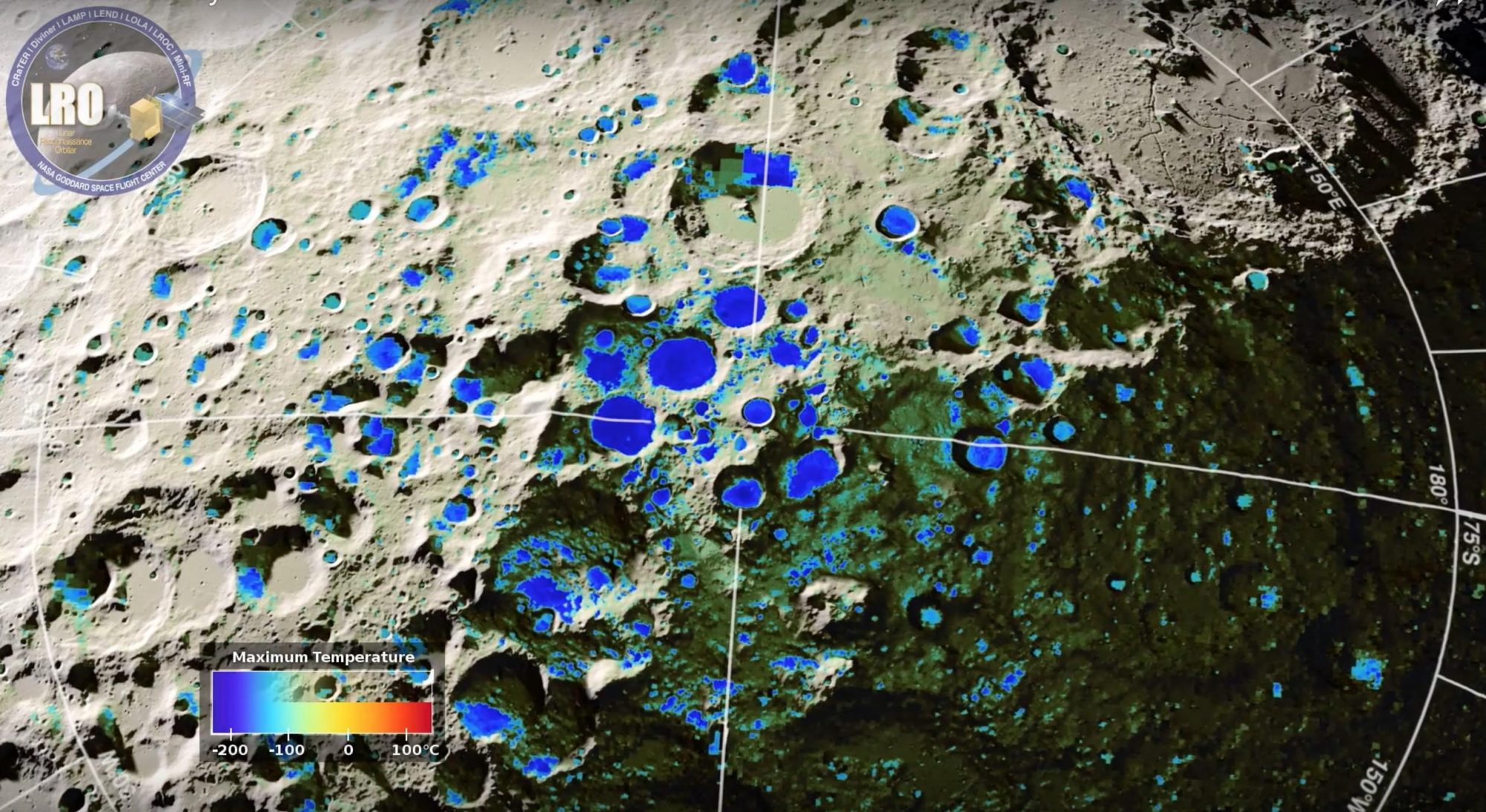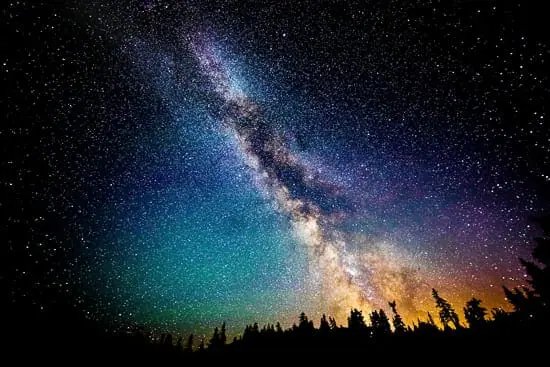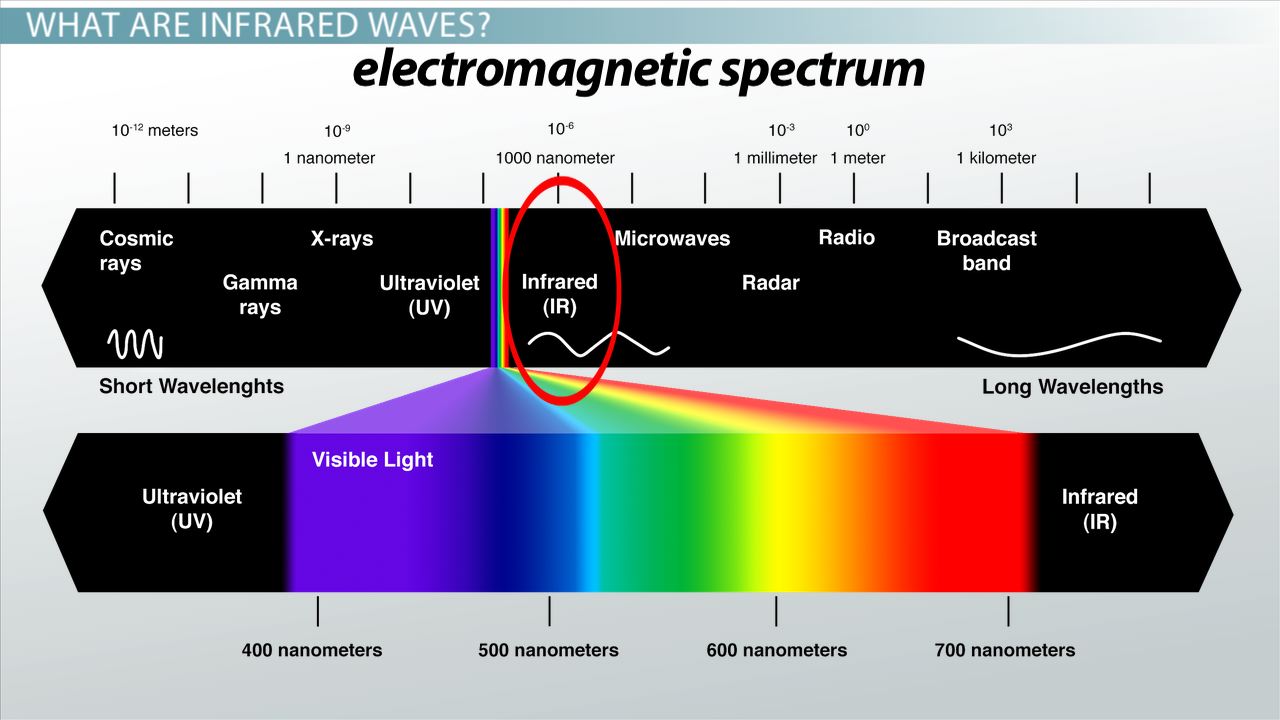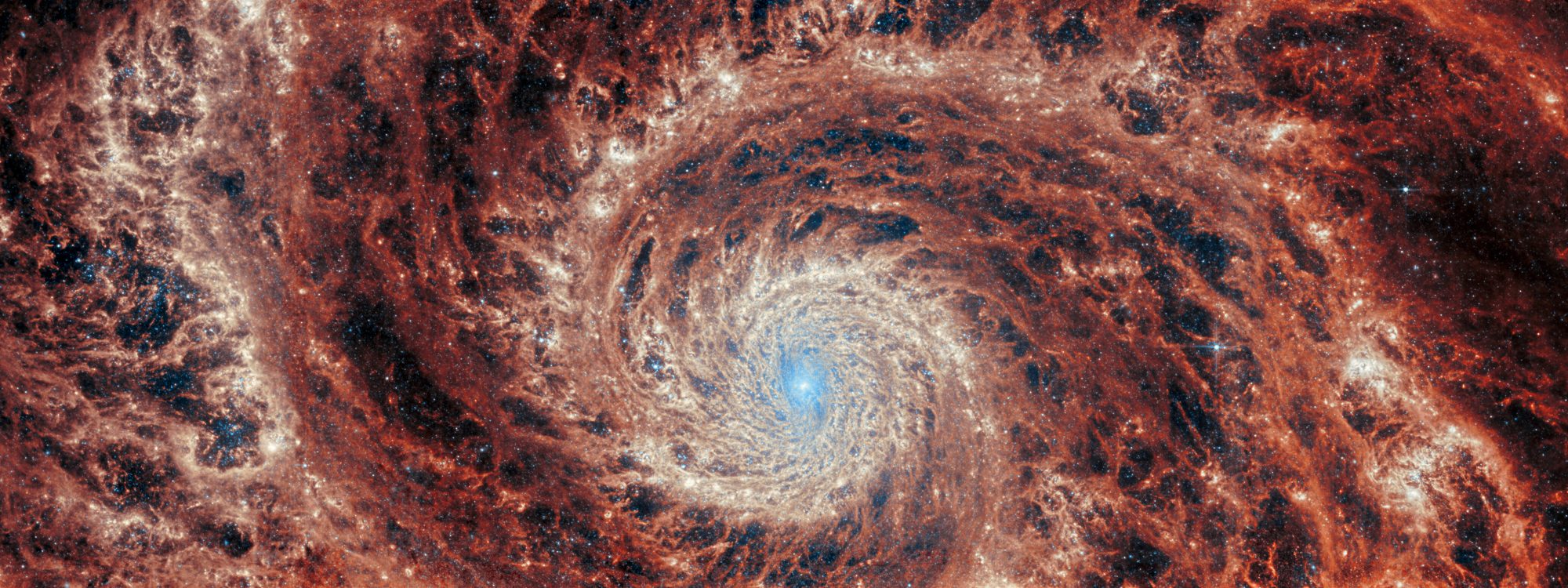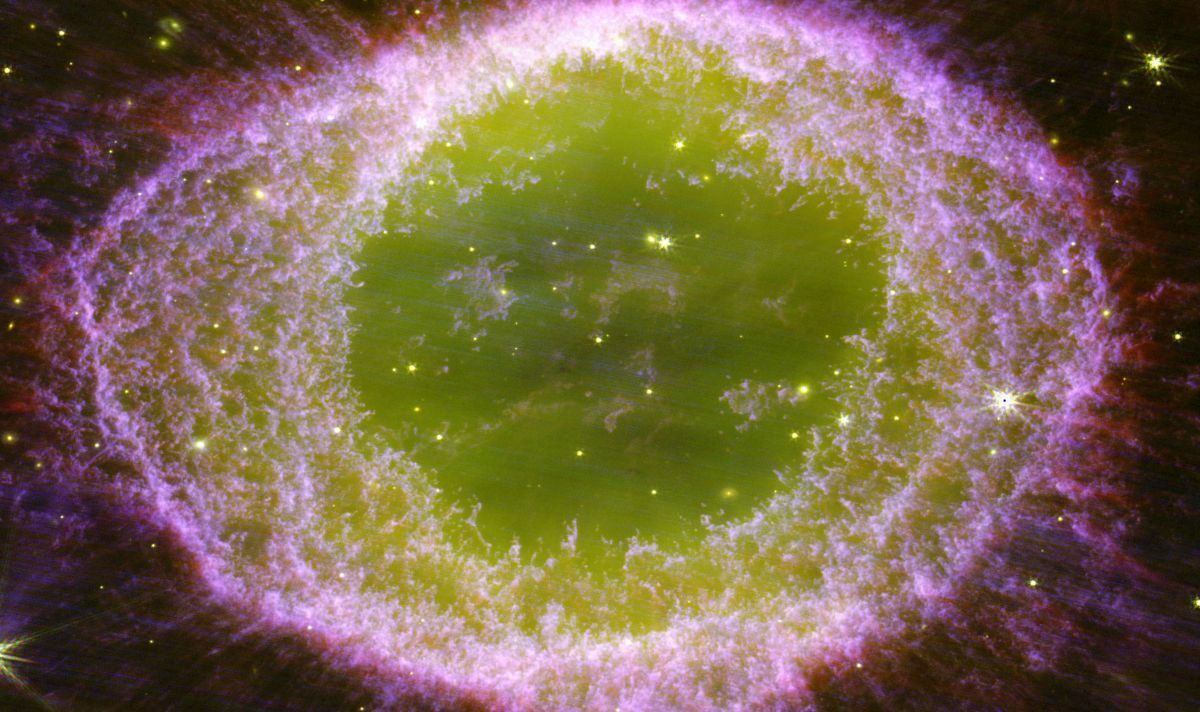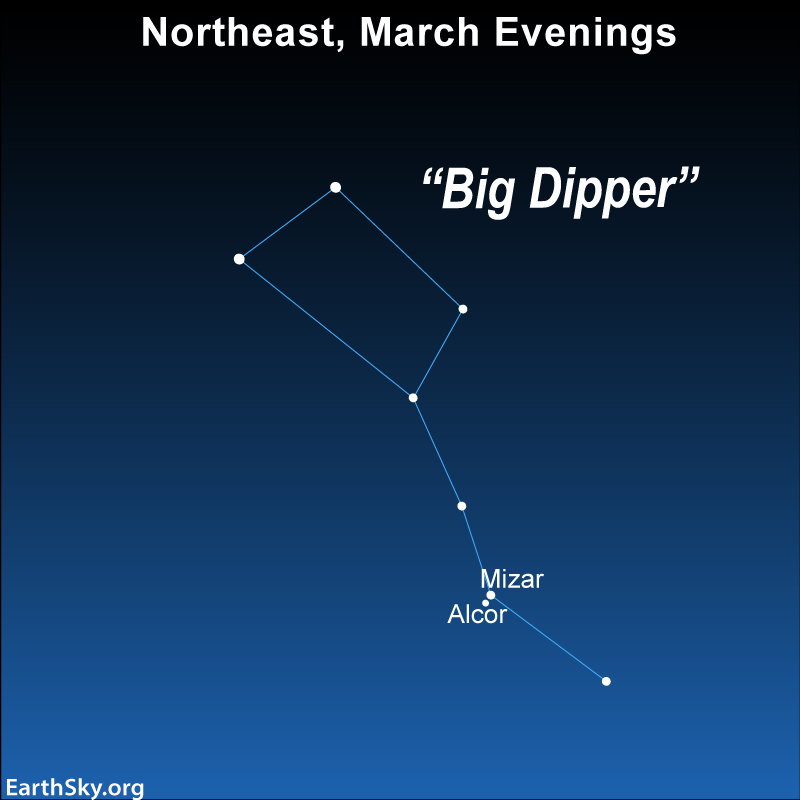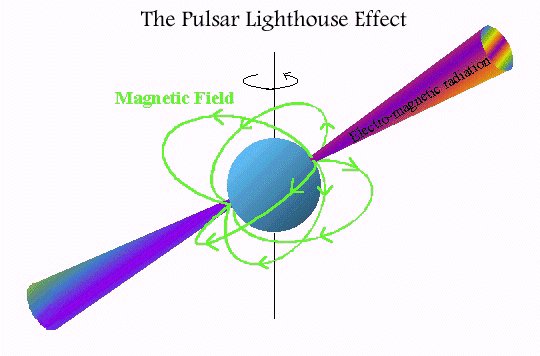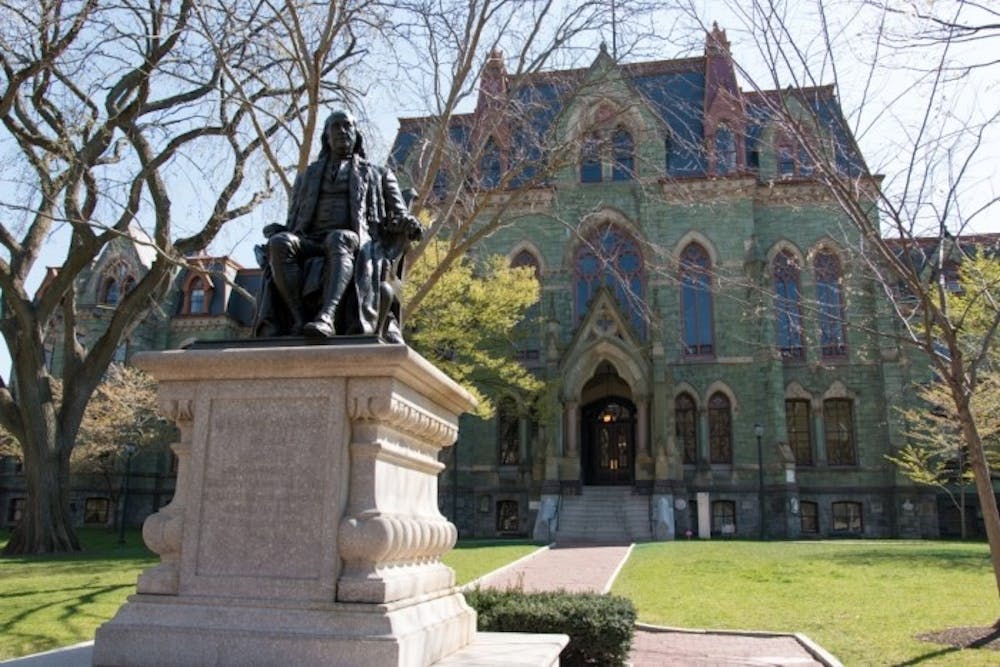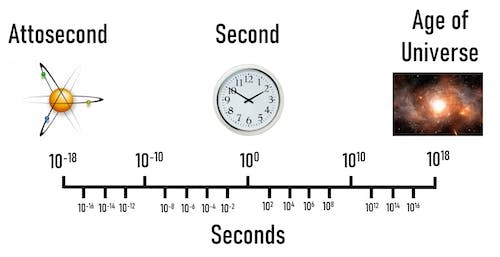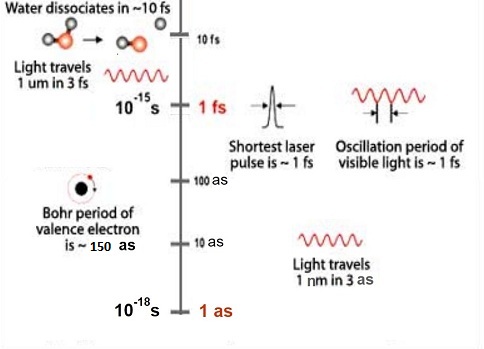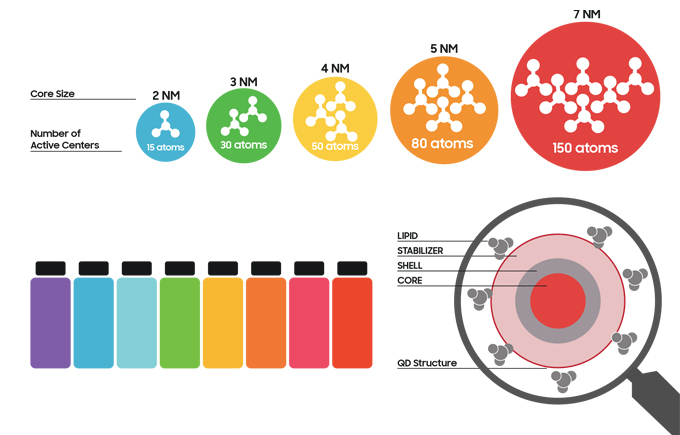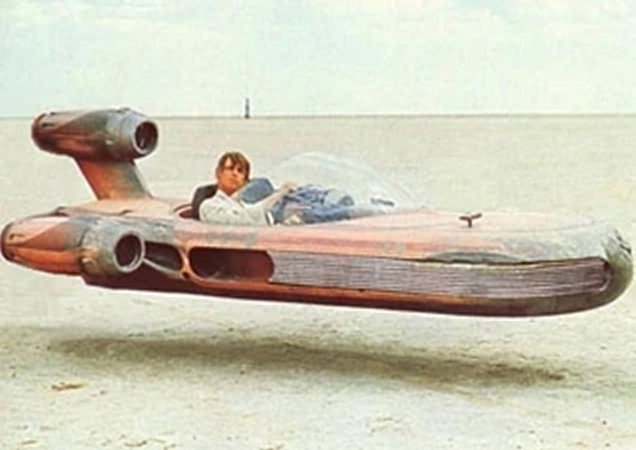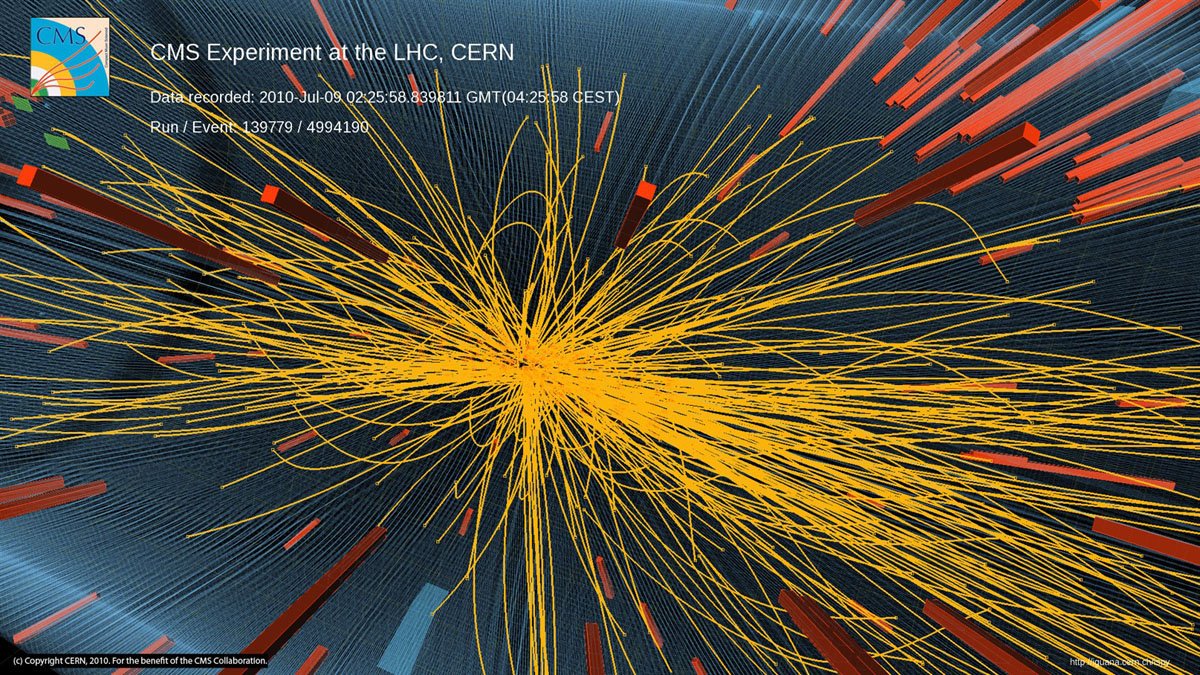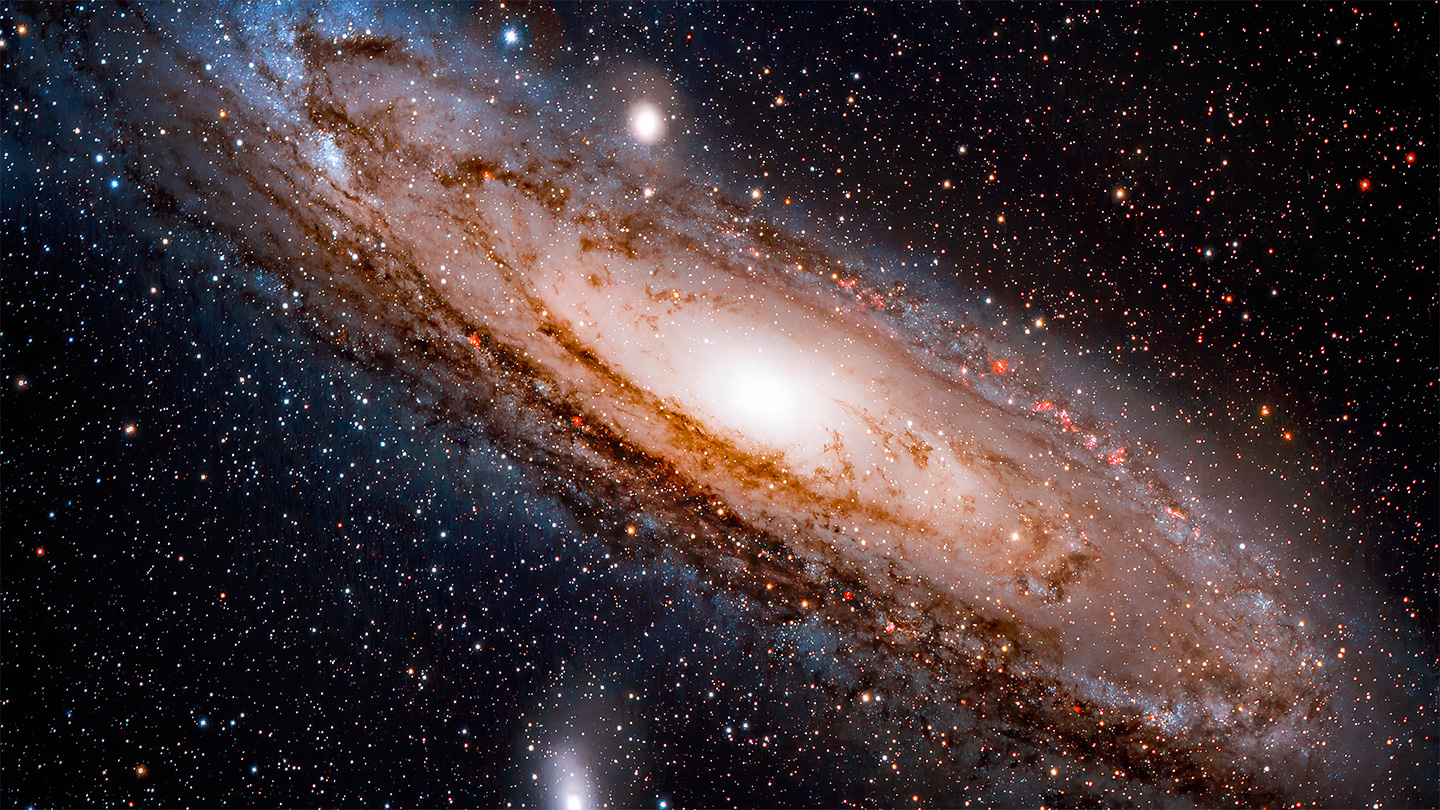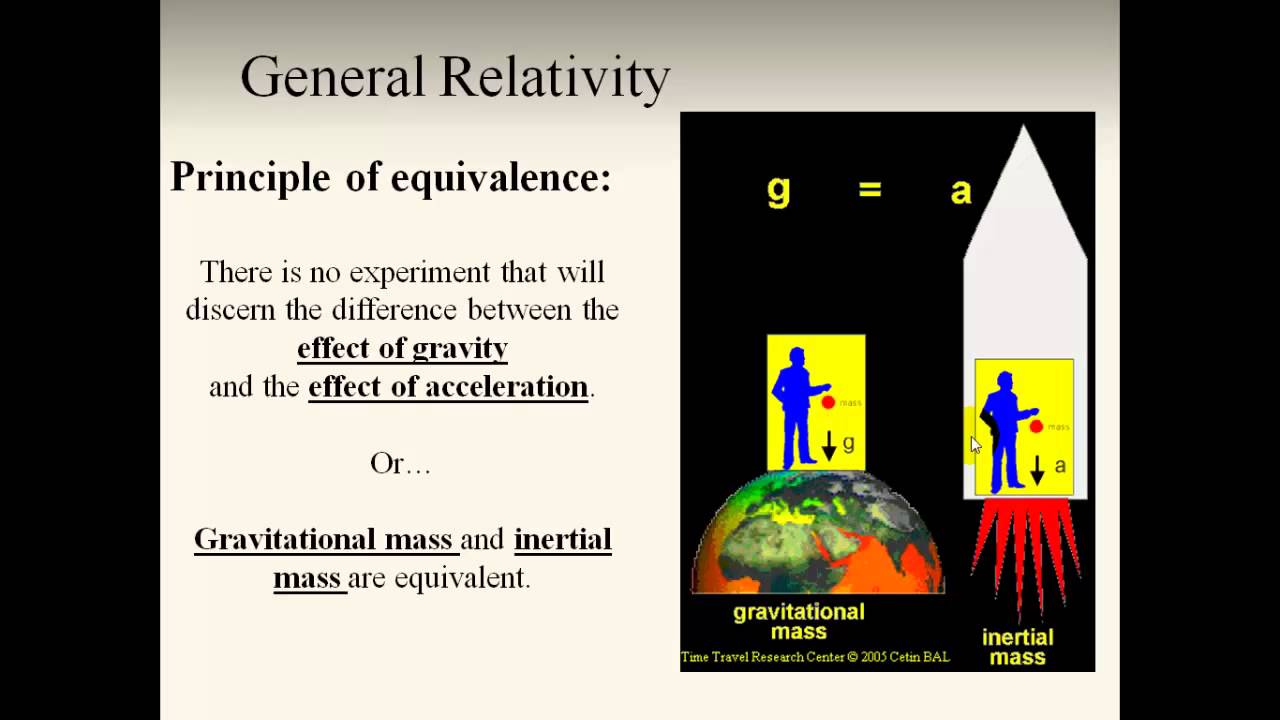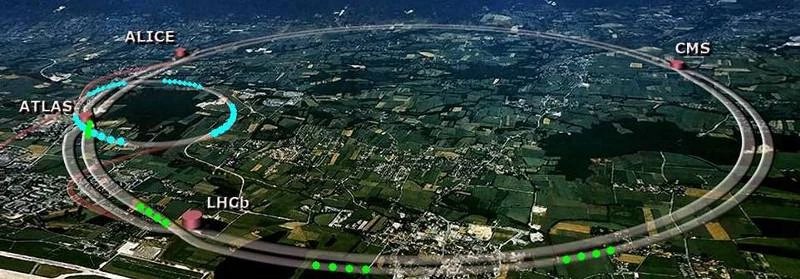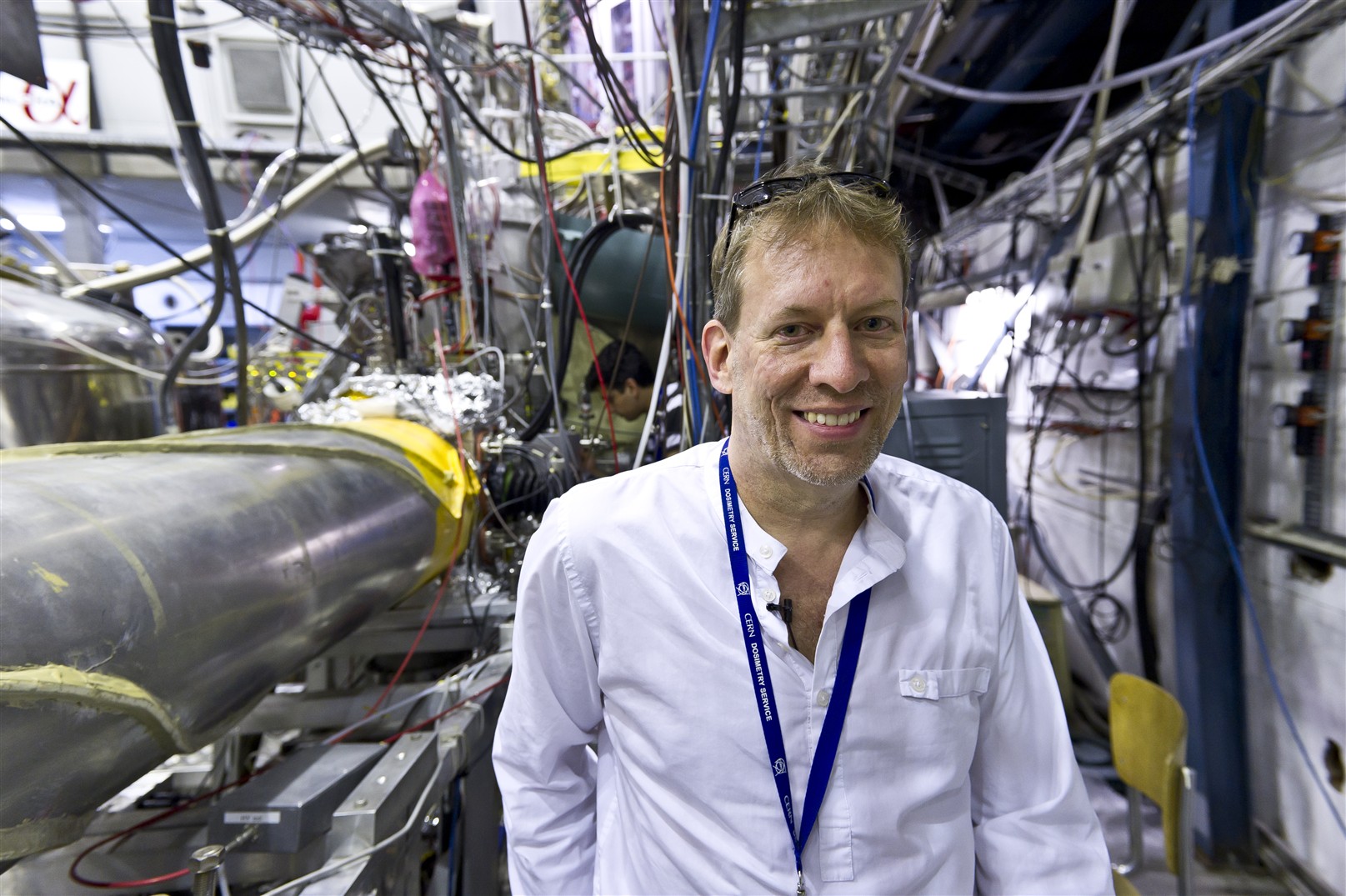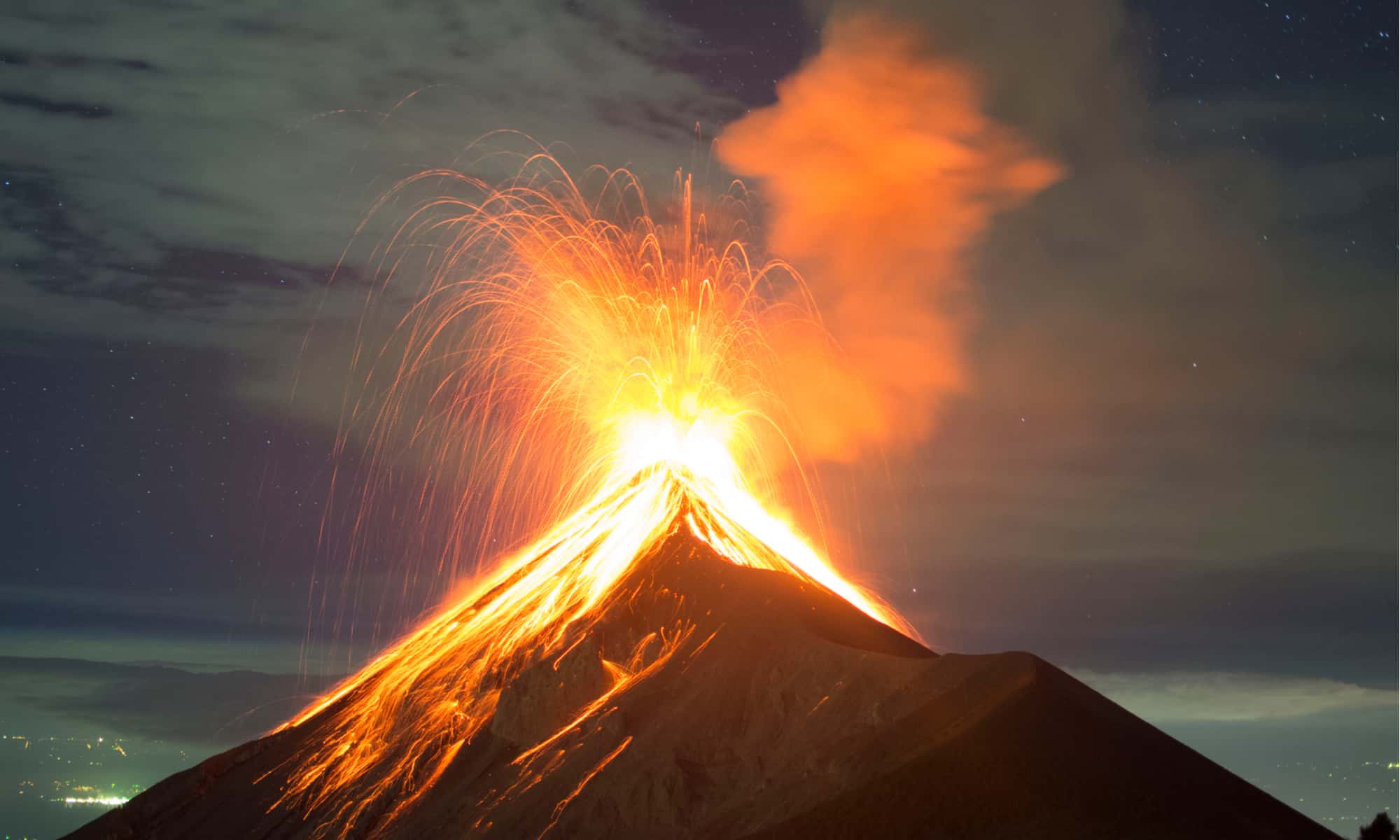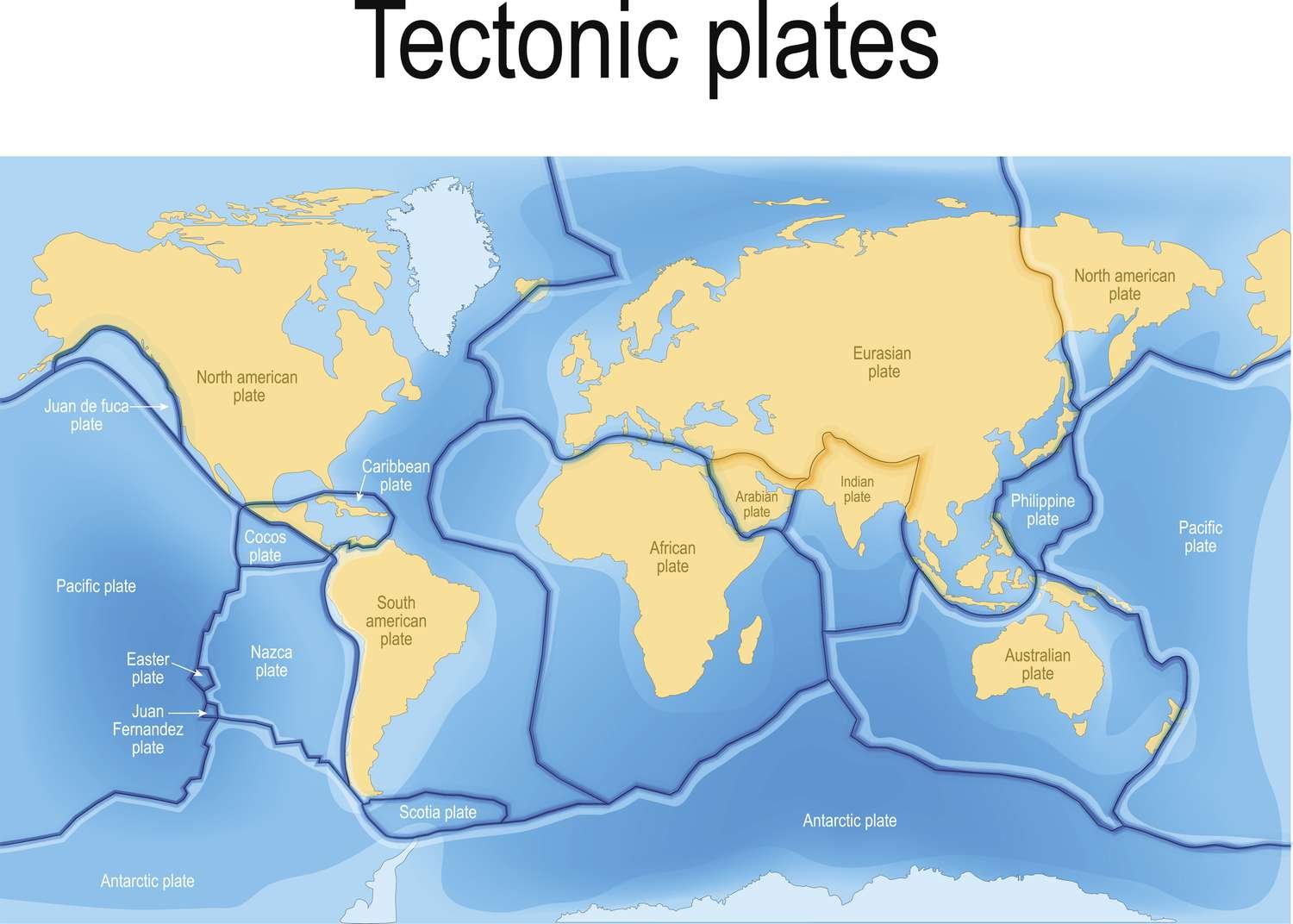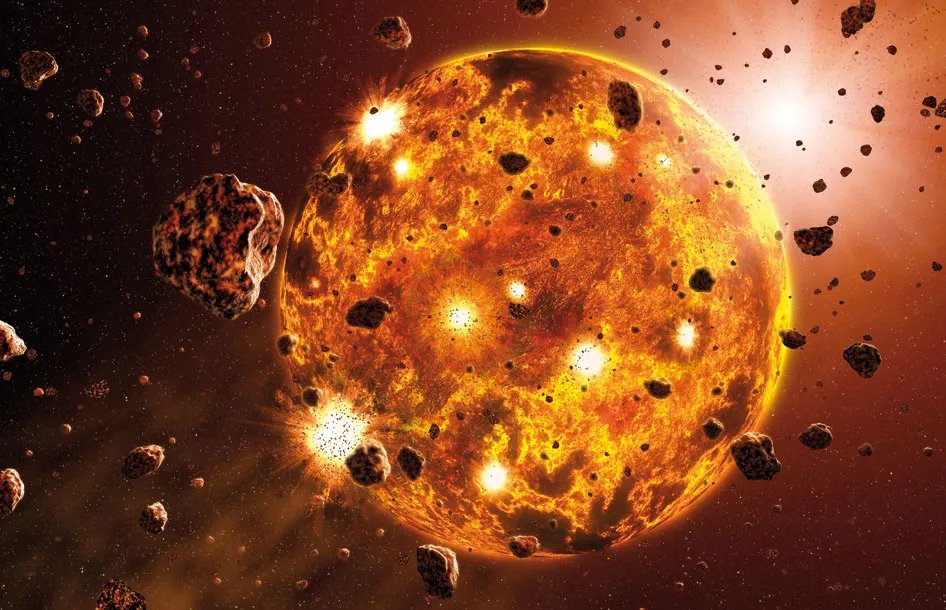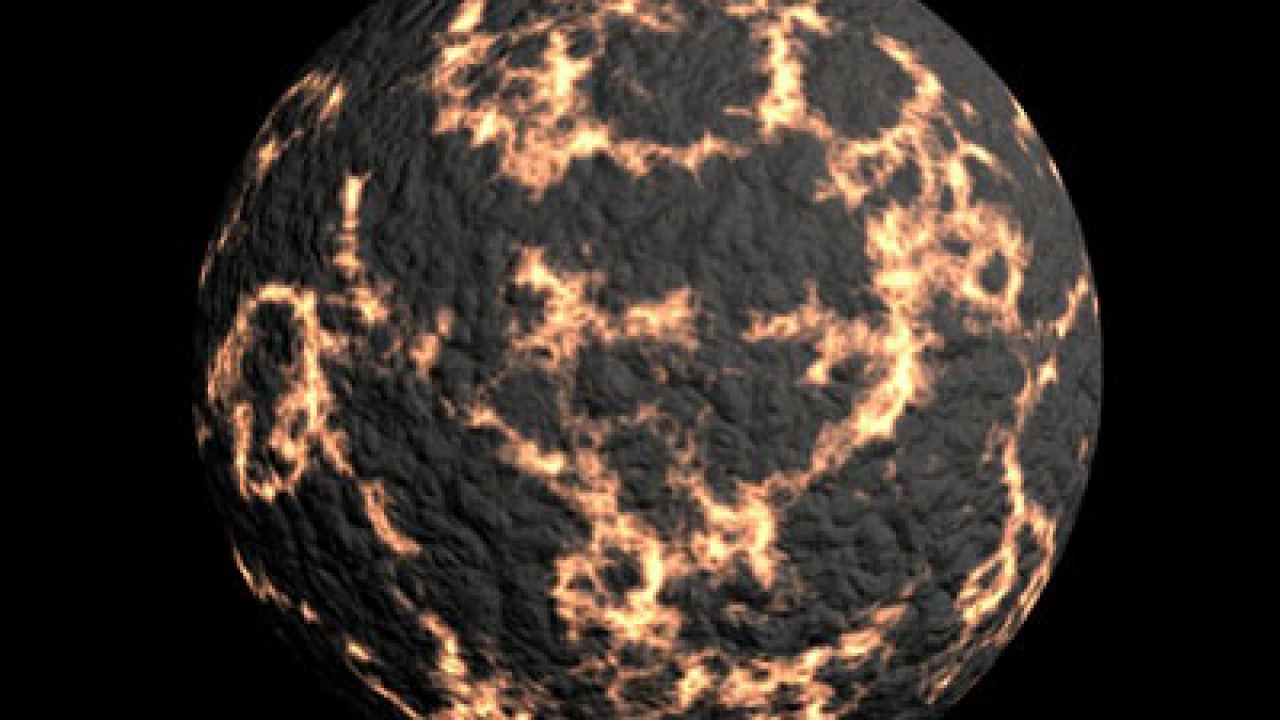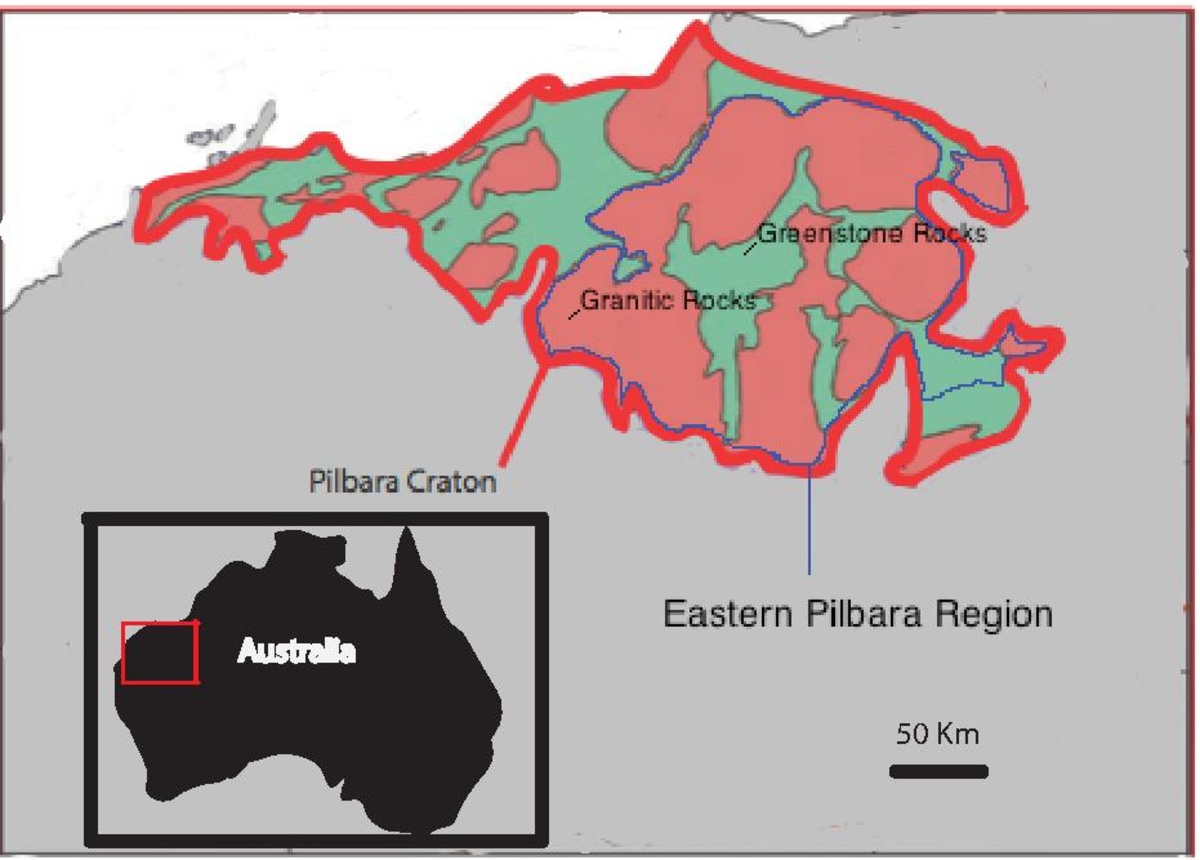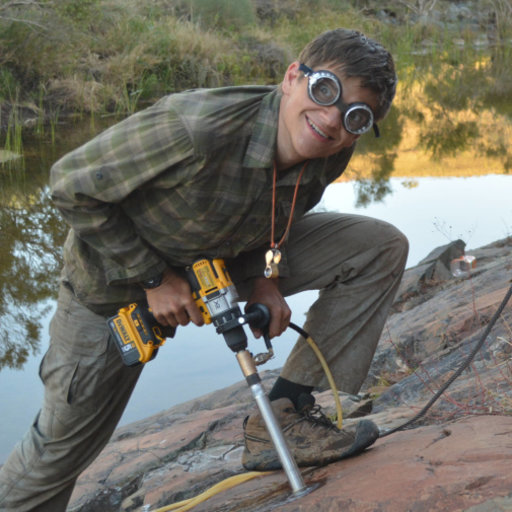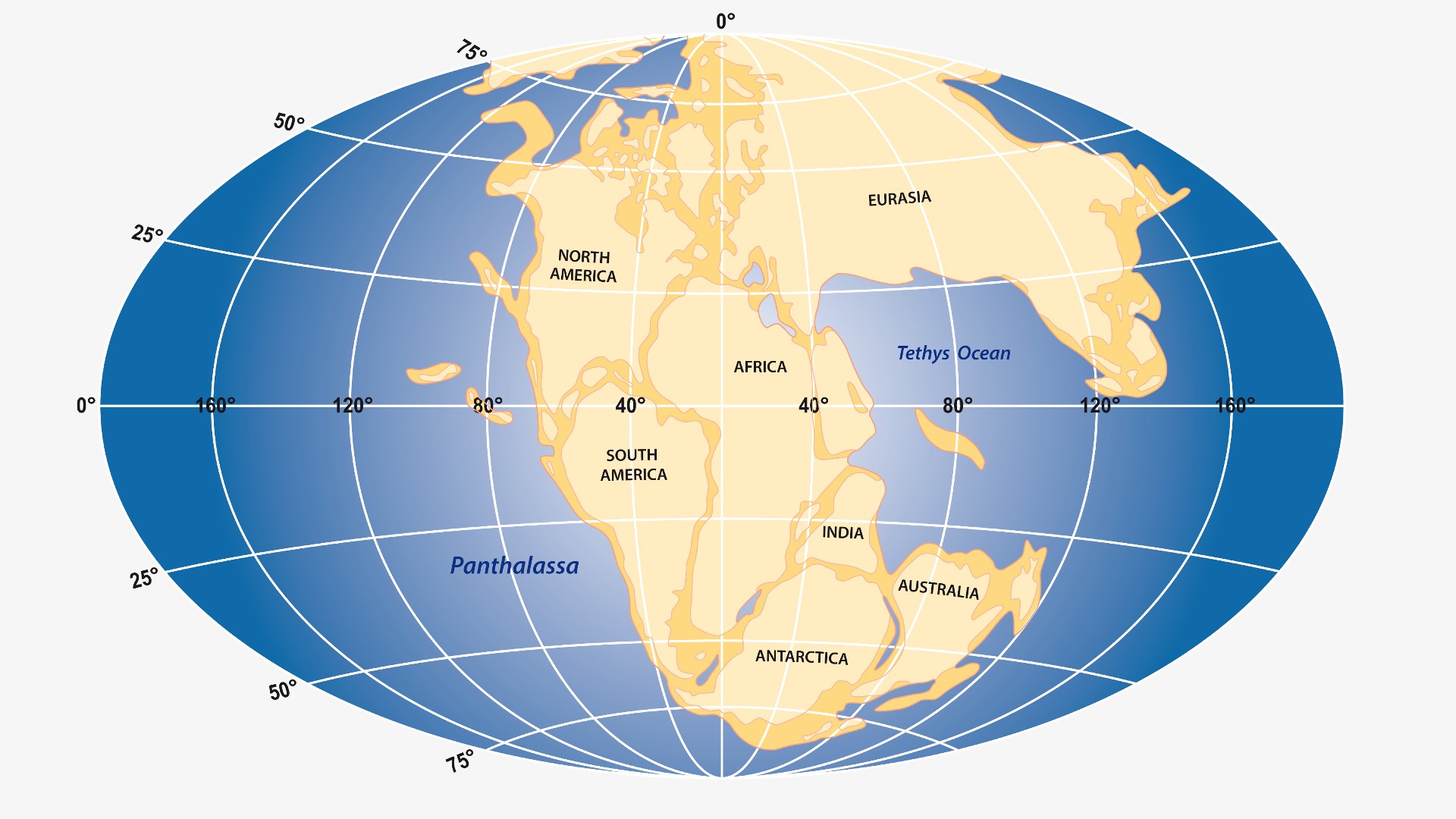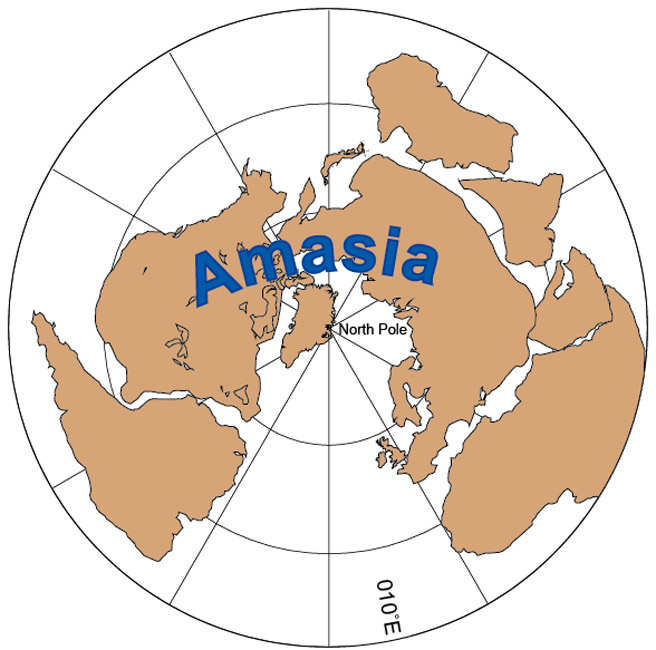Best Godzilla movie ever! And I’ve seen them all.

O’k I’ll go into a little more detail. As a personal aside I’d like to let everyone know that Godzilla and I are the same age. I made my premier in Philadelphia just a month and a couple of days before the Toho studio film ‘Gojira’ (1954), which is the big green guy’s name in Japanese, made its premier in Tokyo.

In that first film Godzilla was a prehistoric creature, a dinosaur released from suspended animation by, and mutated by the first atomic bombs and tests. The film was intended as an allegory on the existential threat of nuclear weapons.

Like all of us Godzilla has had his ups and downs. Starting with his third film ‘King Kong versus Godzilla’ (1962) Toho started teaming Godzilla with other monsters. In the film ‘Ghidorah’ (1964) Godzilla becomes a ‘good guy’ protecting the Earth, if not necessarily mankind, from the title monster.

For the next few movies Godzilla became not only more heroic but more of a child’s character, with the 1970s representing Godzilla’s low point. For the 30th anniversary of ‘Gojira’ Toho studio released the film ‘Godzilla 1984’ where the monster becomes once again, well a monster. Since that time the Toho films have kept Godzilla a fearsome monster even when he fights against other, more destructive monsters.
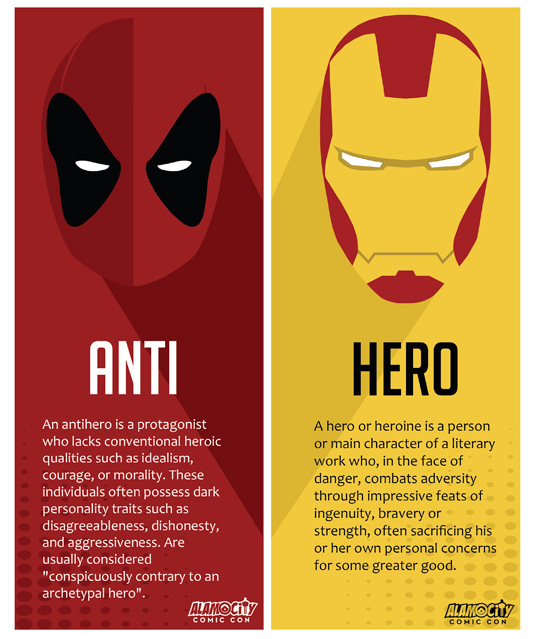
Starting in 2014 an American studio, Legendary Pictures, has begun a series of Godzilla movies in cooperation with Toho in Japan. In those movies Godzilla is portrayed as an anti-hero, protecting the Earth from any and all threats, both other monsters and even human beings.

‘Godzilla minus One’ is all Toho however and in fact the film is being shown here in America in Japanese with English subtitles, the only way to truly experience Godzilla. The movie starts in the final days of World War II with a Japanese Kamikaze pilot named Koichi Shikishima, nicely played by Ryunosuke Kamiki, who has decided to abandon his suicide mission and stay alive rather than sacrifice himself for a lost cause. Claiming that his plane is malfunctioning he lands on Odo Island where a Japanese repair base is located. While the repair crew checks out the plane they are all attacked by a dinosaur-like creature, ‘Godzilla’. When told to use his plane’s guns to kill the beast Koichi again saves himself, while most of the technicians are killed by the creature.

Rescued from the island Koichi returns to a defeated Japan whose citizens are trying to rebuild their country from the devastation of the war. This human story is probably the best plot for a Godzilla movie ever, clearly showing the trauma to the Japanese people caused by their defeat and Koichi’s shame at his cowardice. Their government’s adherence to a code of honour and victory had made defeat seem impossible so the reality of their situation is incomprehensible to them.

At the same time the creature Godzilla gets caught up in the atomic bomb test at Bikini atoll in 1946. The radiation of the bomb causes the creature to not only grow much larger but it also acquires the ability to regenerate along with a heat ray that it can fire from its mouth. If the war has brought Japan back down to zero, Godzilla will now take it to minus one, that’s the meaning of the movie’s title.
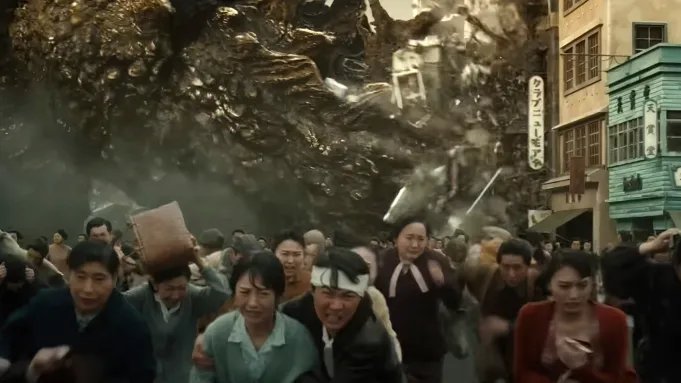
I do consider ‘Godzilla minus One’ to be the best Godzilla movie ever, even better than the original ‘Gojira’ from 1954, for two reasons. For one thing the special effects are some of the best I’ve ever seen. Several times in these posts I know I’ve complained about CGI looking rather cartoonish but the CGI in ‘Godzilla minus One’ is really good. Now I know it’s not fair to compare the special effects of a movie from 70 years ago to those of a movie today but still the fact is that the effects in ‘Godzilla minus One’ are really good. The battle scenes in particular.
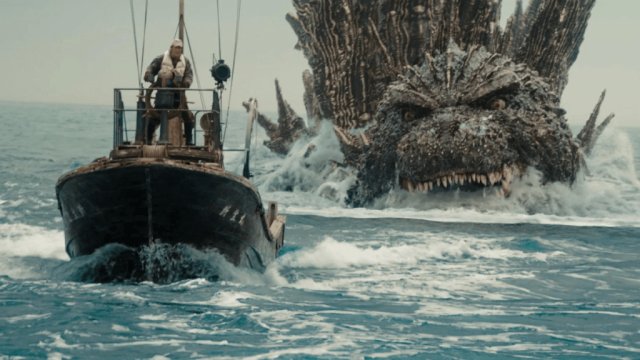
The other reason I think ‘Godzilla minus One’ is the best is the allegory. As I said above in ‘Gojira’ the monster is an allegory for nuclear weapons and warfare in general. Even so the original movie still displays a belief in self sacrifice and ‘a noble death’ when the scientist Serizawa uses his discovery of an ‘oxygen destroyer’ to kill Gojira but then sacrifices himself to prevent his discovery from causing further destruction.
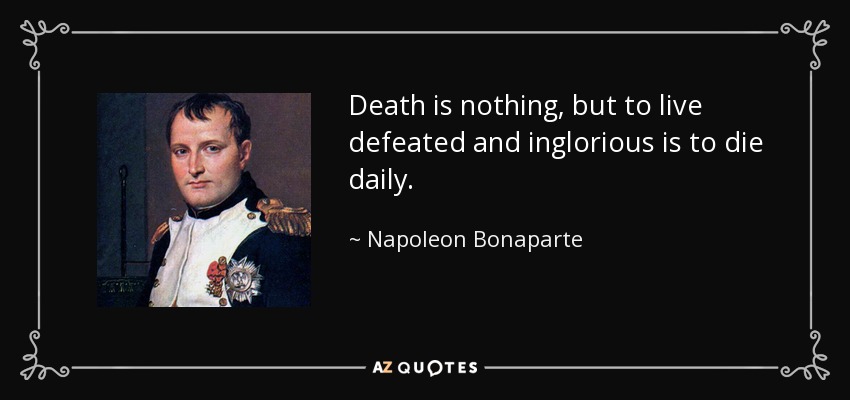
In ‘Godzilla minus One’ the monster is still the same allegory but the people of Japan only fight it to save themselves. There’s no sense of glory or honour, nothing remains of the ‘Bushido code’ that Imperial Japan once sacrificed itself to. To me that change of attitude is a good thing, a philosophy the world needs to hear right now.

I do have one little complaint however. In order to keep the fight against Godzilla a Japanese only thing the movie states that ‘tensions’ between the US and the USSR prevent the US from taking action against Godzilla. That’s a bit of a lame excuse, especially since at that time Japan was occupied by about four divisions of US Army troops and Japan was actually ruled by General Douglas MacArthur. The Japanese people at that time actually referred to MacArthur as their Shogun and at least the General is mentioned in the film.

So all in all I give ‘Godzilla minus One’ my highest approval. Yes it’s true I’ve always loved monster movies but ‘Godzilla minus One’ is also a serious movie taking on important ideas even while the title character is stomping on cities.




